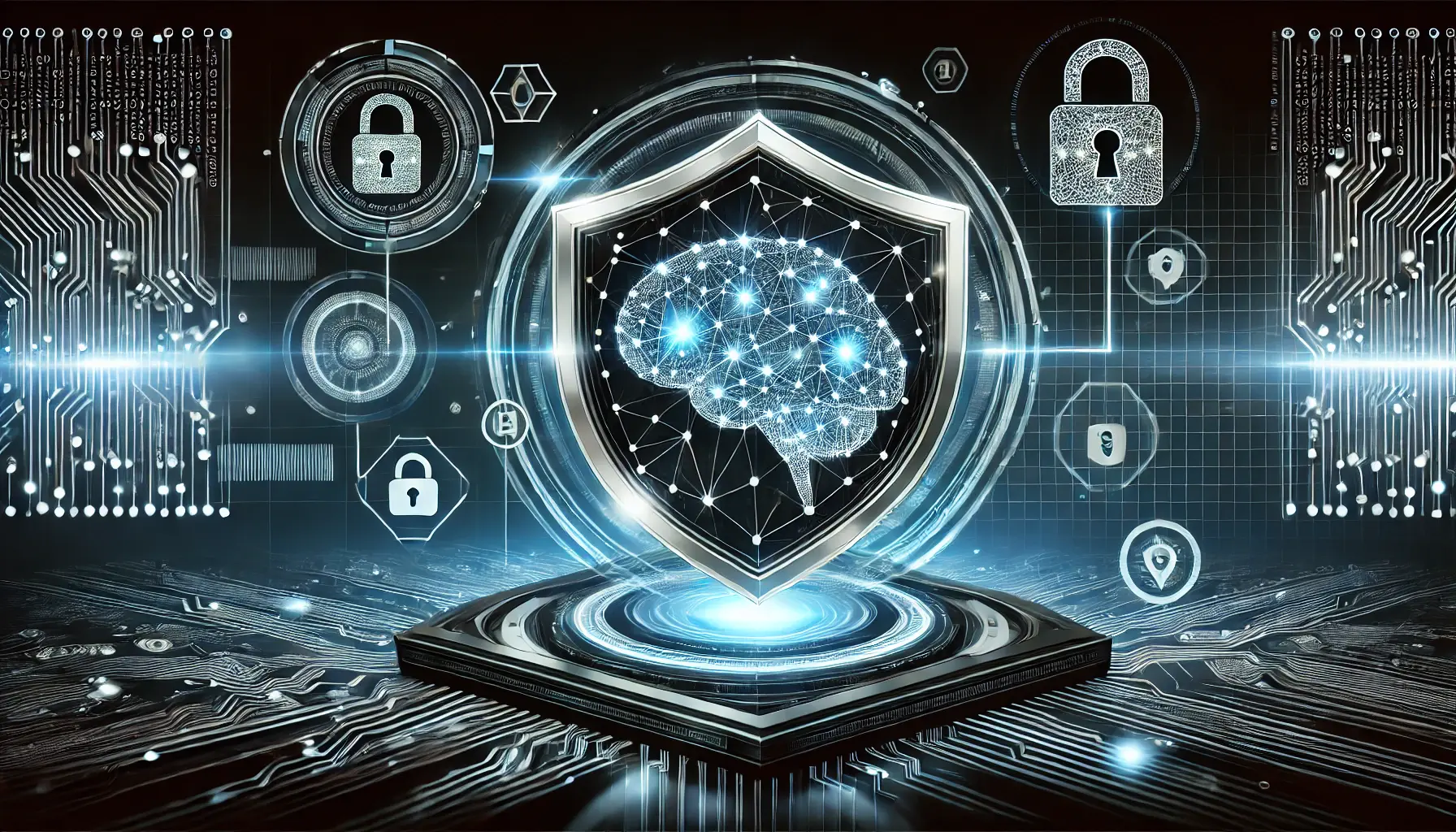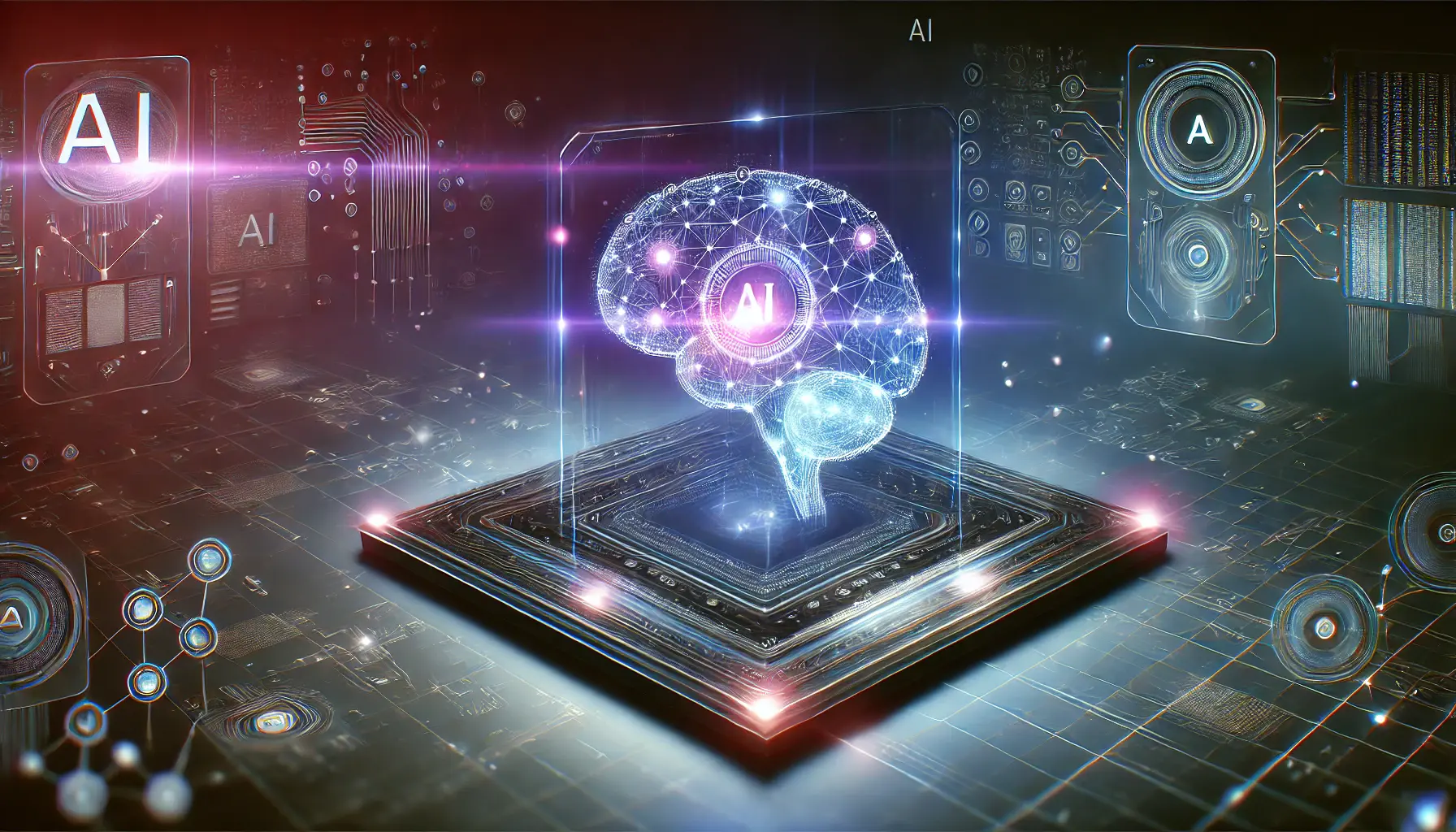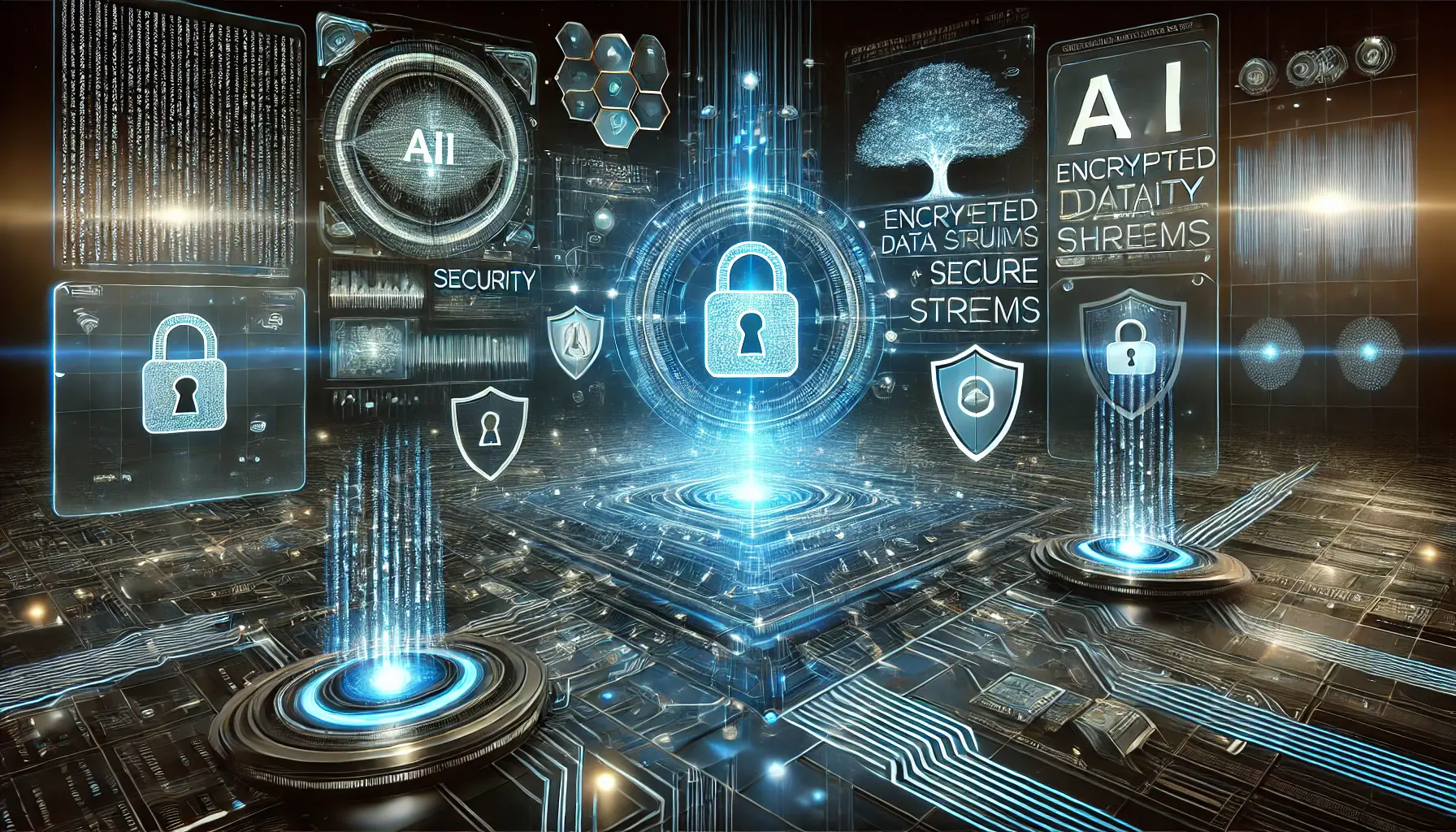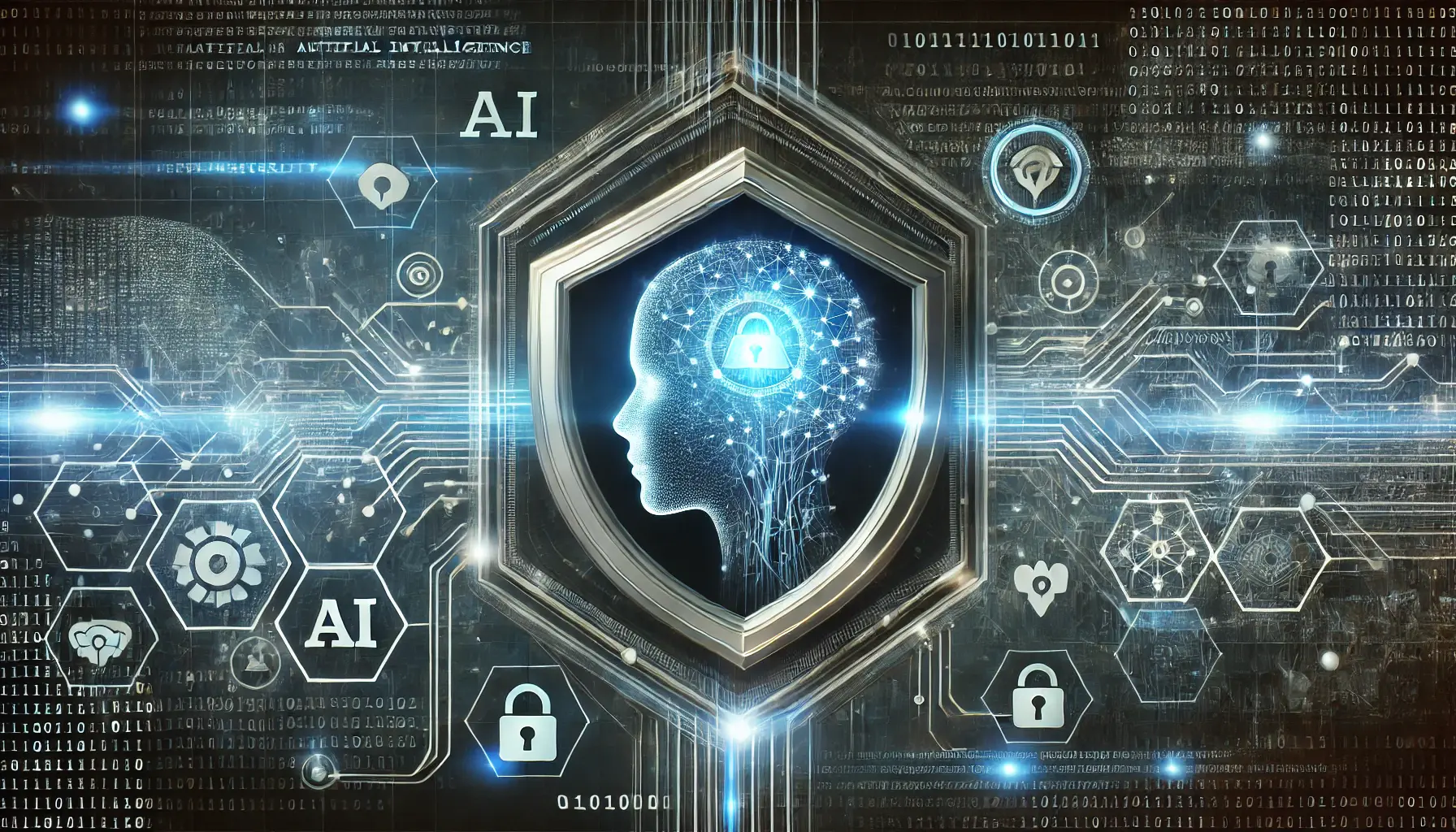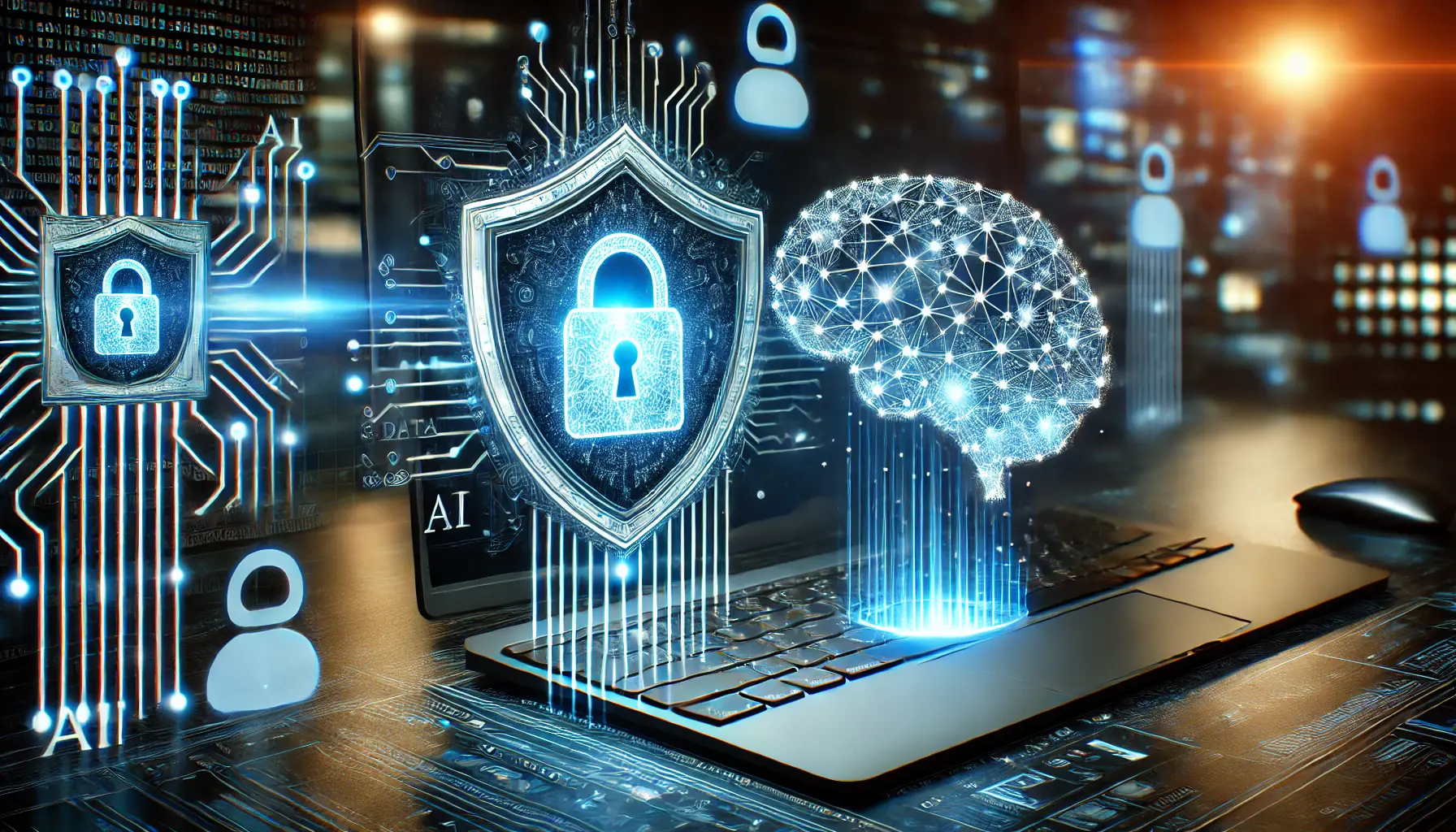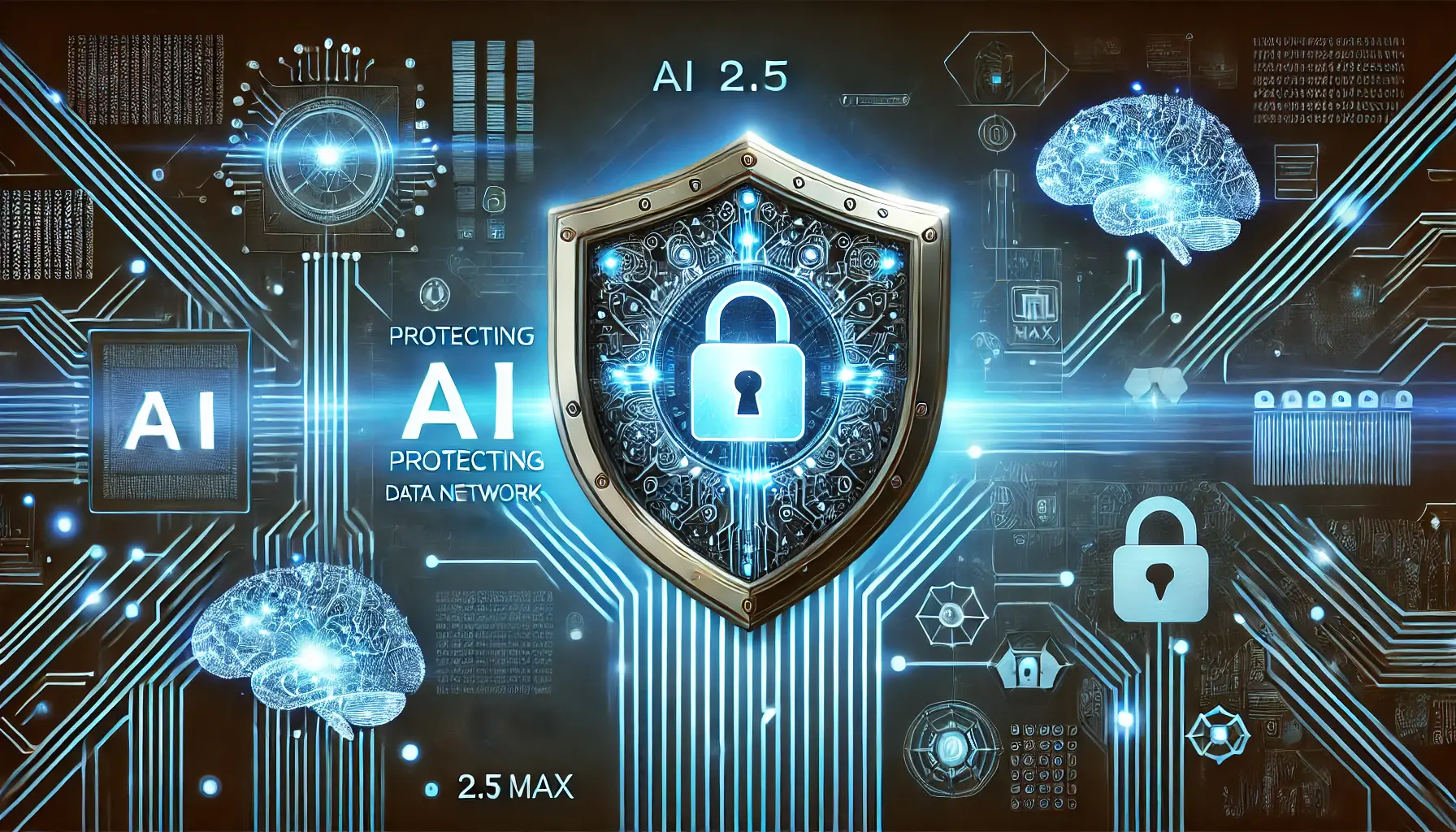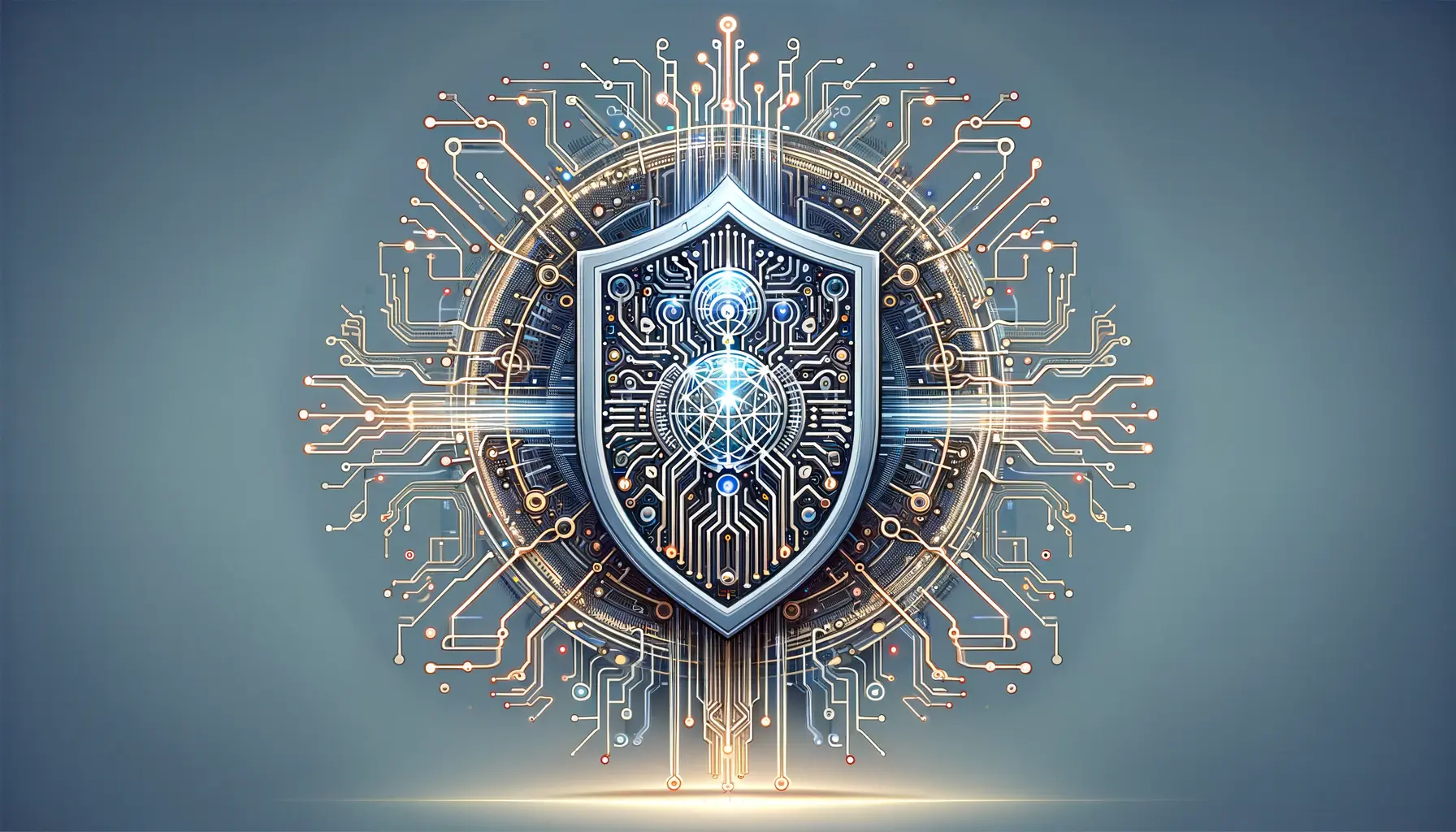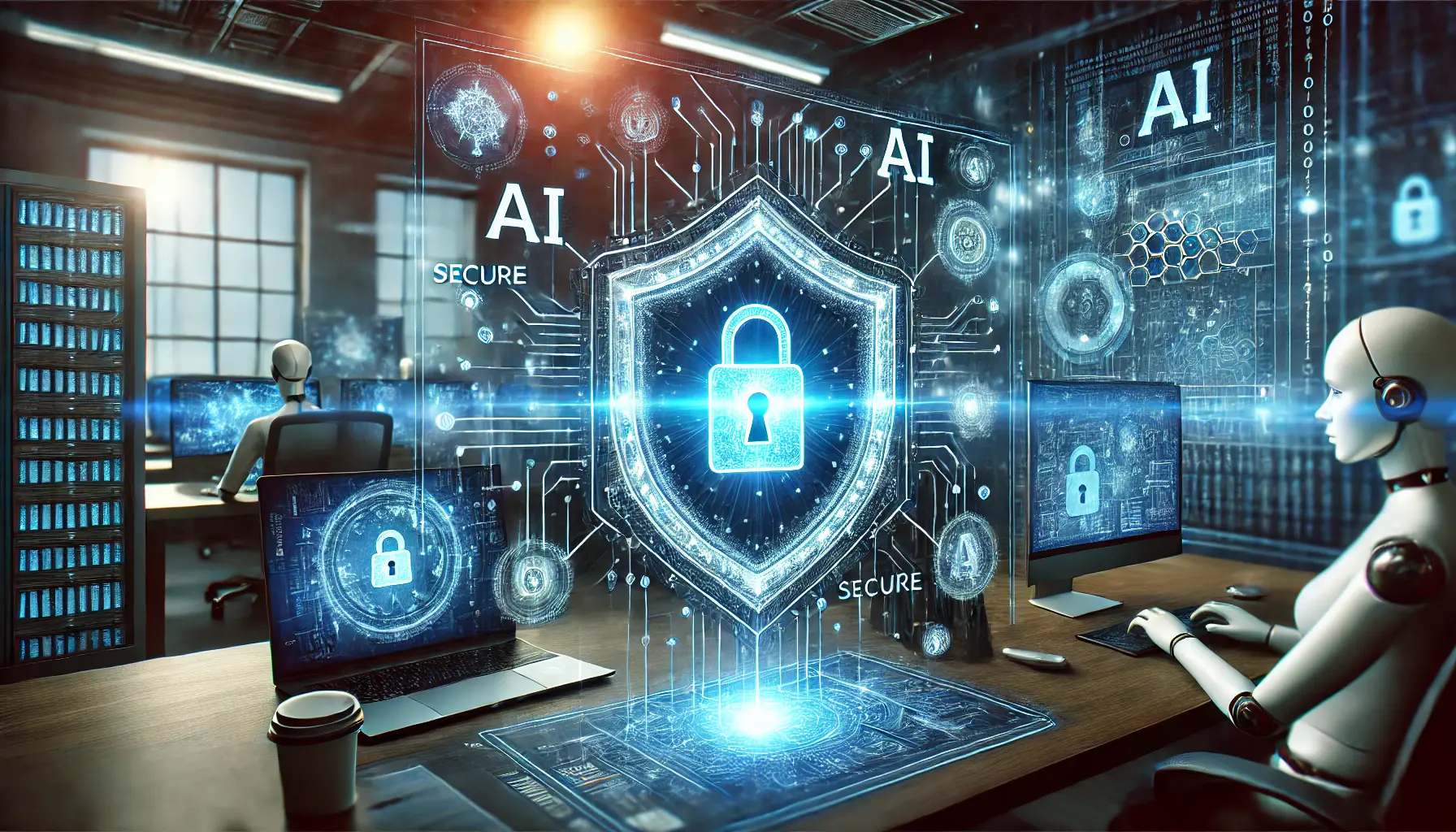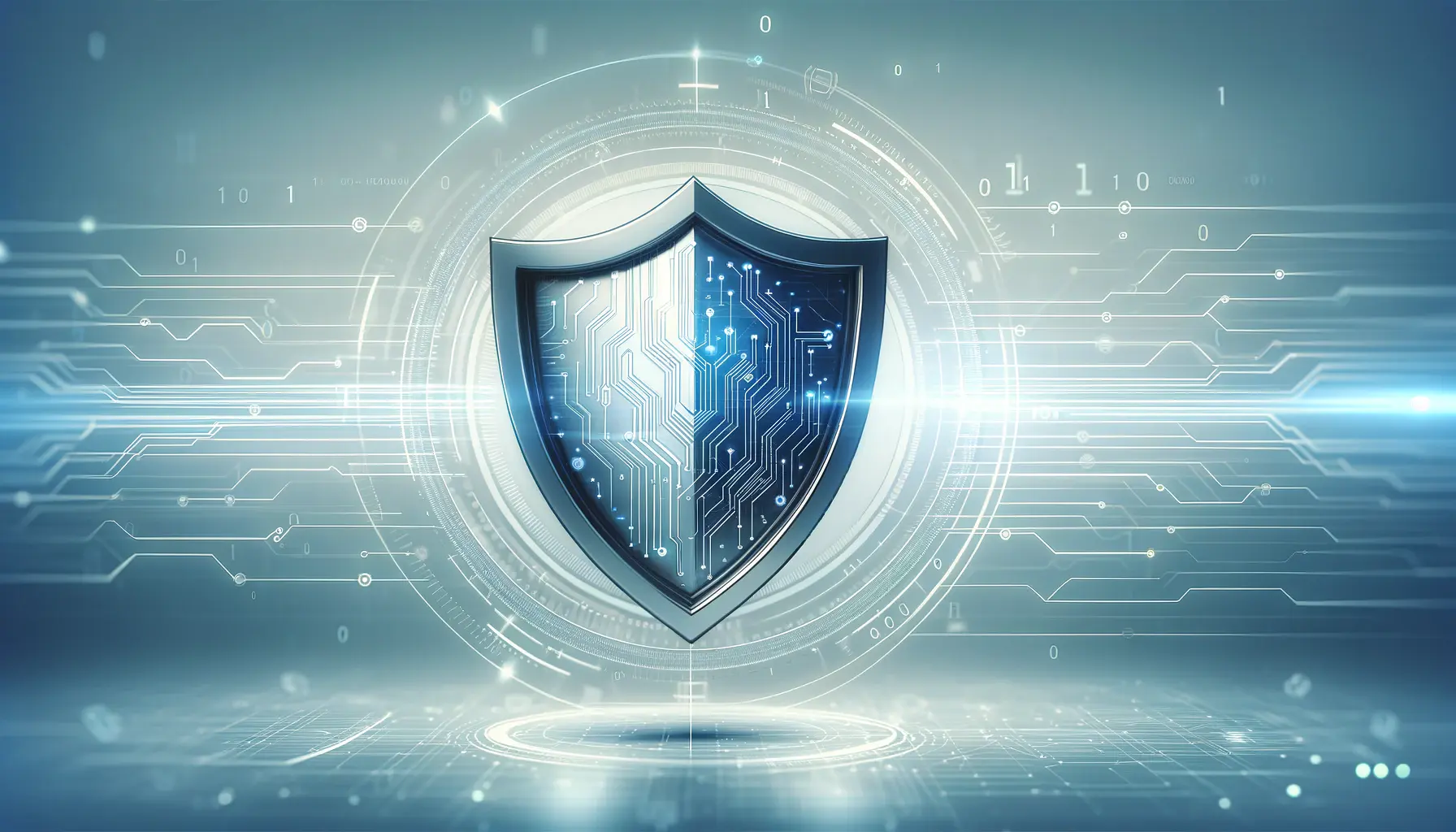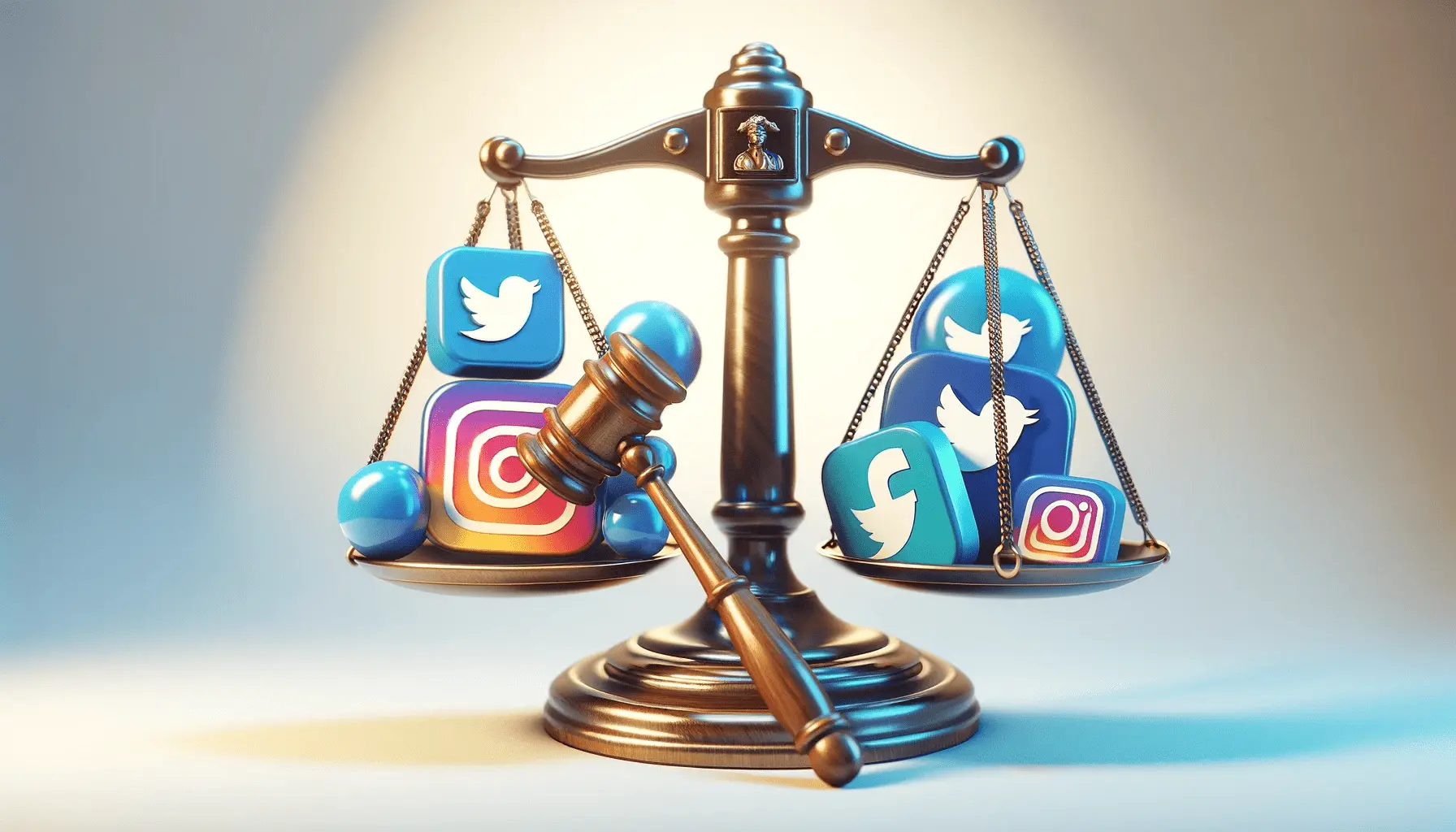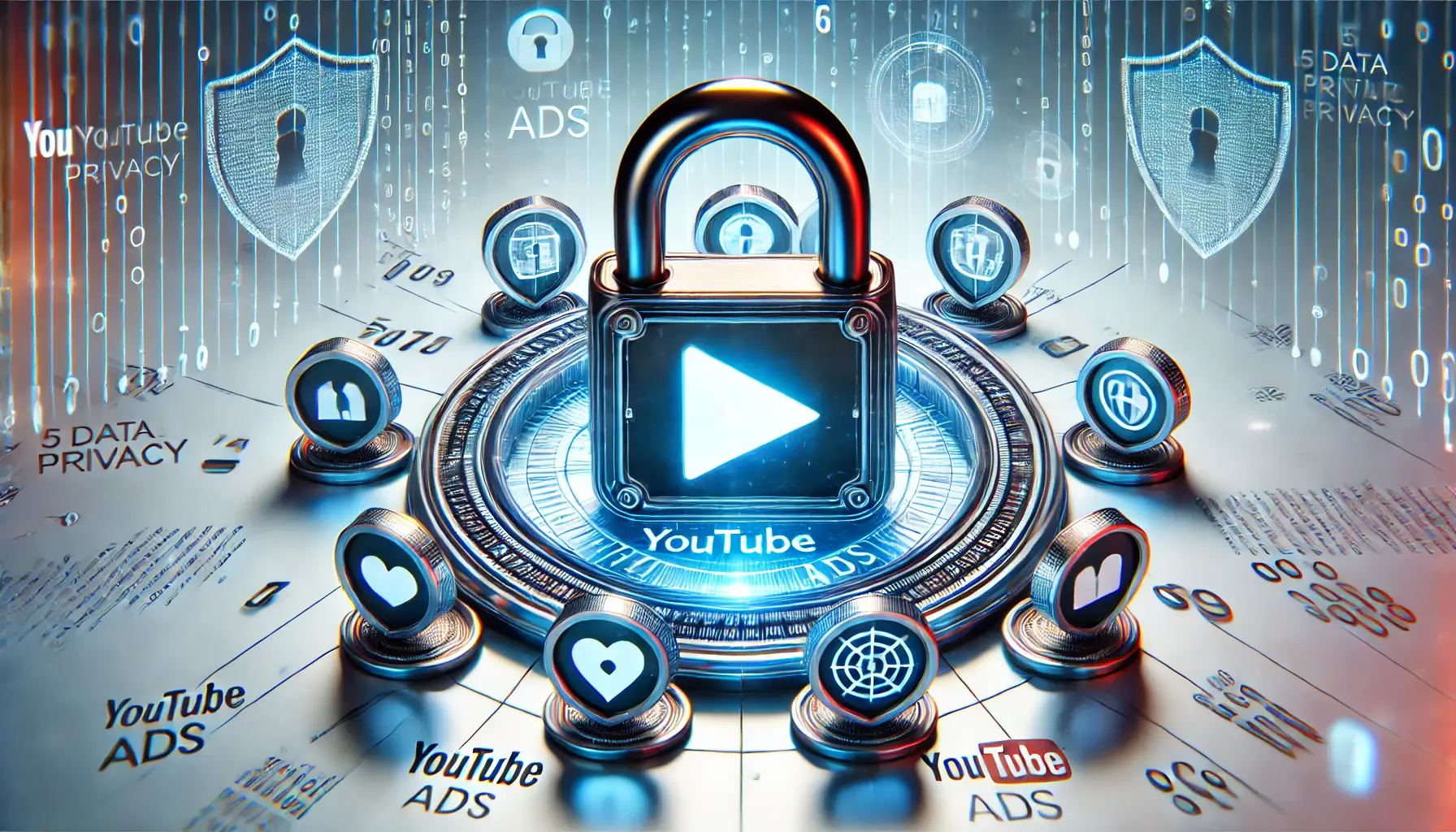In today’s rapidly evolving digital age, artificial intelligence tools like ChatGPT o1 are revolutionizing the way we interact with technology.
From writing emails to generating complex code, ChatGPT o1 offers a whole host of applications that enhance productivity and creativity.
However, as with all powerful tools, it is important to understand how they work and also the security implications of their usage.
This article discusses the basics of ChatGPT o1, its versatile applications, and the potential security considerations that users should know about.
- Understanding ChatGPT o1 and Its Applications
- Potential Security Risks Associated with ChatGPT o1
- Best Practices for Securing ChatGPT o1 Implementations
- Compliance and Regulatory Concerns for ChatGPT o1
- Future Directions in ChatGPT o1 Security
- Key Takeaways on ChatGPT o1 Security
- Frequently Asked Questions on ChatGPT o1 Security
Understanding ChatGPT o1 and Its Applications
ChatGPT o1 is an advanced language model that aims to assist users in generating human-like text based on the input it receives.
Its applications extend beyond text generation, and it is a useful tool in various domains.
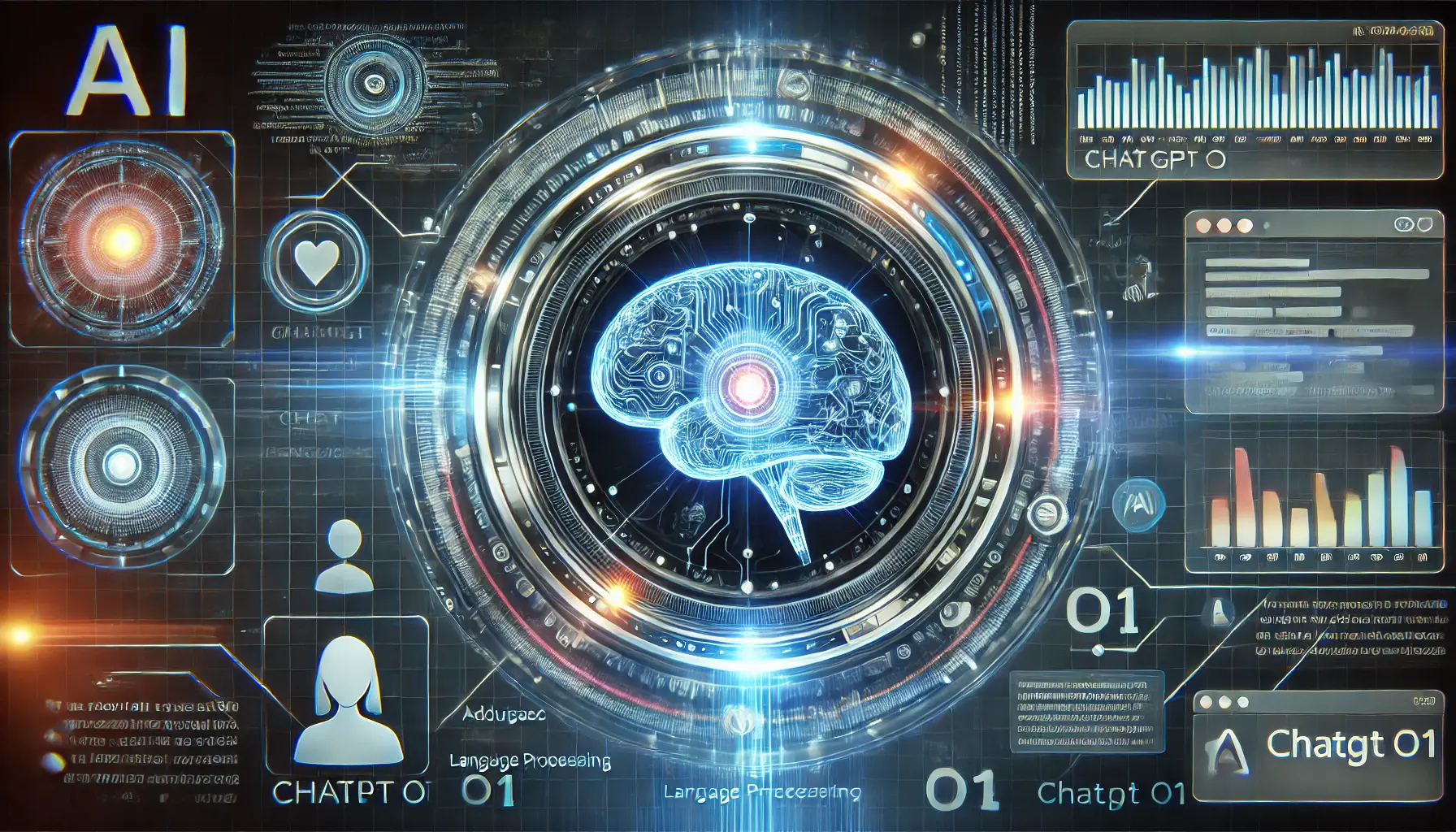
A digital representation of ChatGPT o1, highlighting its AI-powered language processing capabilities.
What is ChatGPT o1?
Essentially, ChatGPT o1 is designed to take in and produce natural language, enabling humans and machines to communicate seamlessly.
It relies on a sophisticated architecture that enables it to understand context, deduce meaning, and produce coherent answers.
For this reason, it has immense worth in language understanding and generation applications.
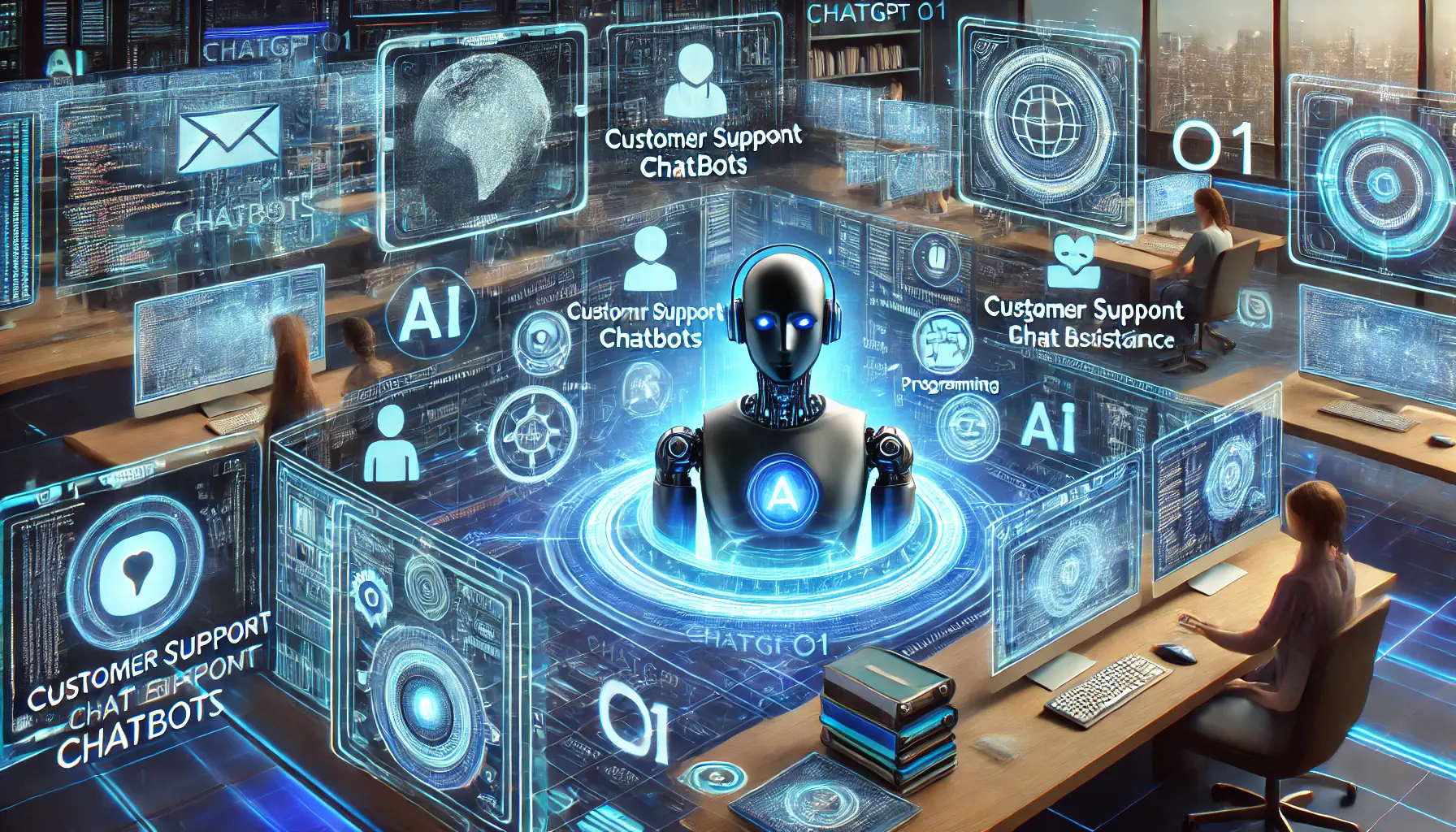
A visual representation of ChatGPT o1’s diverse applications across different industries.
Common Applications of ChatGPT o1
The versatility of ChatGPT o1 is evident in its numerous applications:
- Content Creation: Assisting writers in generating articles, blogs, and other written material.
- Customer Support: Providing automatic responses to common customer inquiries, streamlining service.
- Programming Aid: Assisting programmers by writing code snippets or debugging existing code.
- Educational Tool: Making complex concepts easier, assisting with learning and comprehension.
- Personal Assistant: Managing schedules, setting reminders, and drafting communications.
These use cases demonstrate the ways in which ChatGPT o1 can be utilized throughout various industries, ranging from business to education, to streamline processes and enhance user experience.
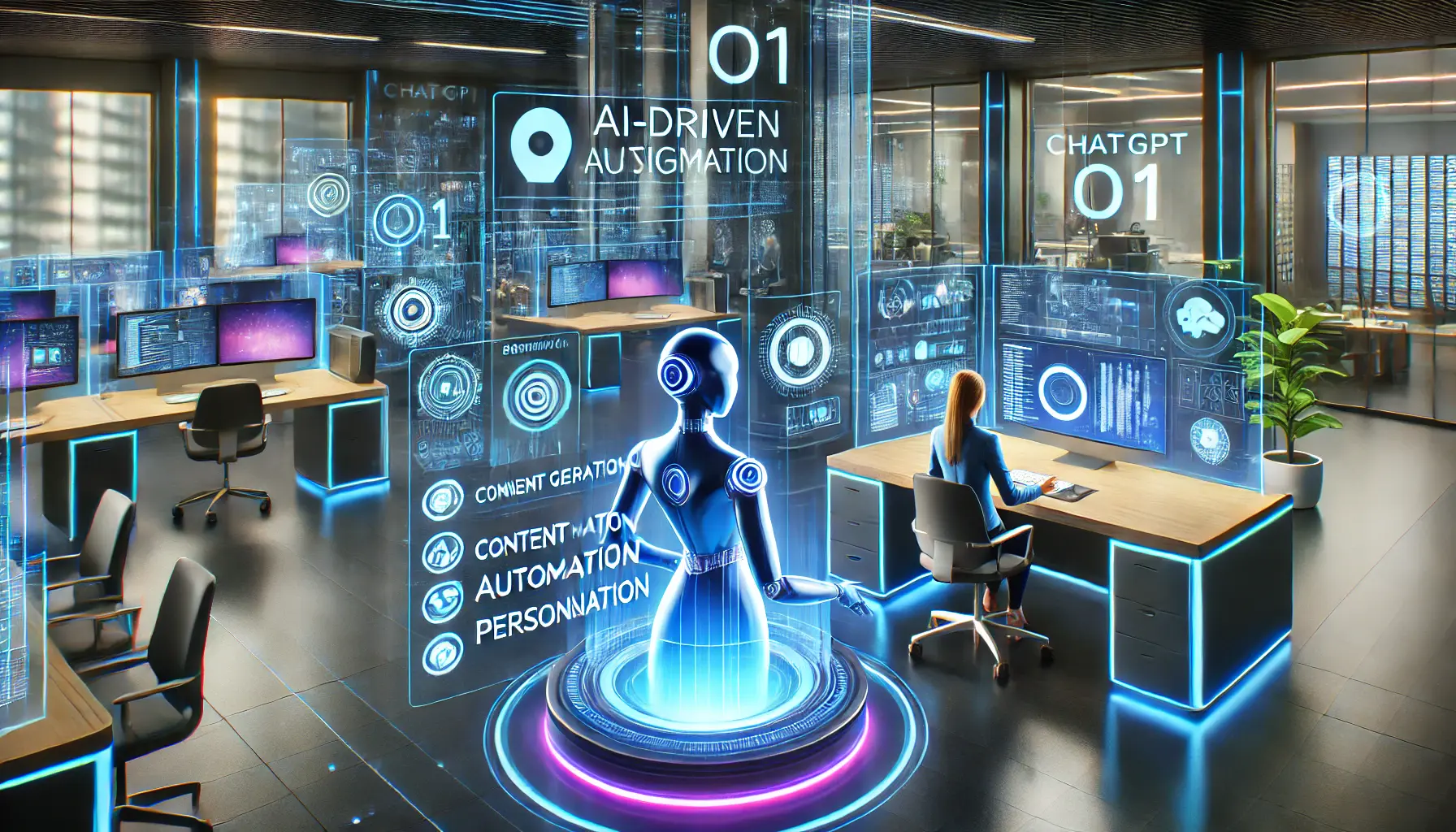
A representation of the benefits of ChatGPT o1, showcasing increased efficiency, automation, and innovation.
Benefits of Utilizing ChatGPT o1
There are several advantages of utilizing ChatGPT o1 in your workflows:
- Increased Productivity: Automation of tasks allows for more focus on strategic activities.
- Enhanced Creativity: Providing ideas and inspiration that can spur innovation.
- Cost Savings: Reducing the need for huge human resources in processes that are automatable.
- Scalability: Handling high volumes of interactions without compromising on quality.
- Personalization: Tailoring responses based on user input to make interactions more engaging.
By leveraging these benefits, companies and individuals are able to streamline processes and improve overall productivity with ChatGPT o1.
ChatGPT o1 enables seamless human-machine communication, making it a valuable tool for content creation, customer service, and automation.
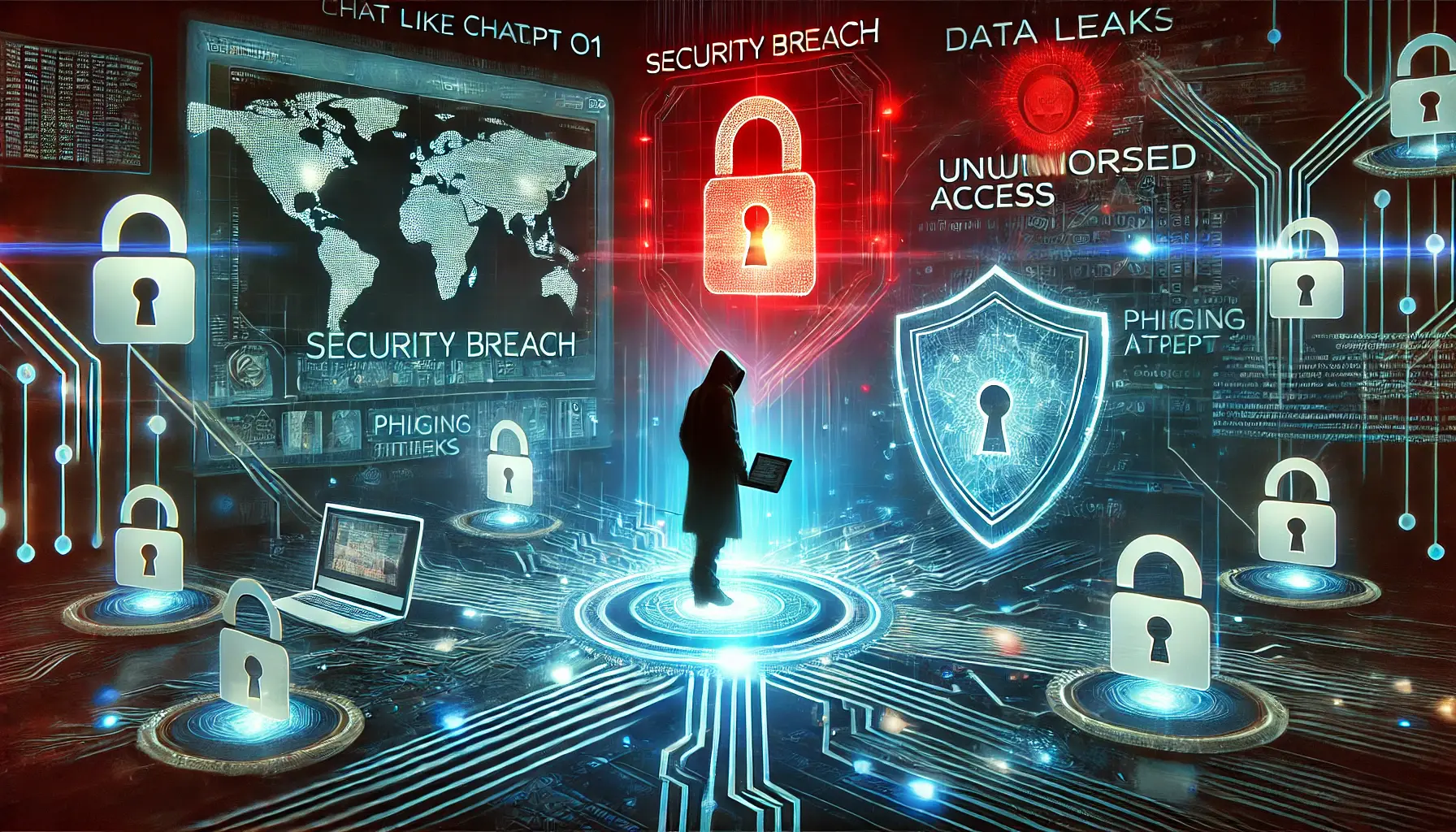
An illustration of cybersecurity risks associated with ChatGPT o1, including data breaches, phishing, and unauthorized access.
Potential Security Risks Associated with ChatGPT o1
While ChatGPT o1 offers numerous benefits, it’s crucial to understand the potential security risks associated with its use.
Understanding these vulnerabilities will allow you to take necessary precautions and use the technology responsibly.
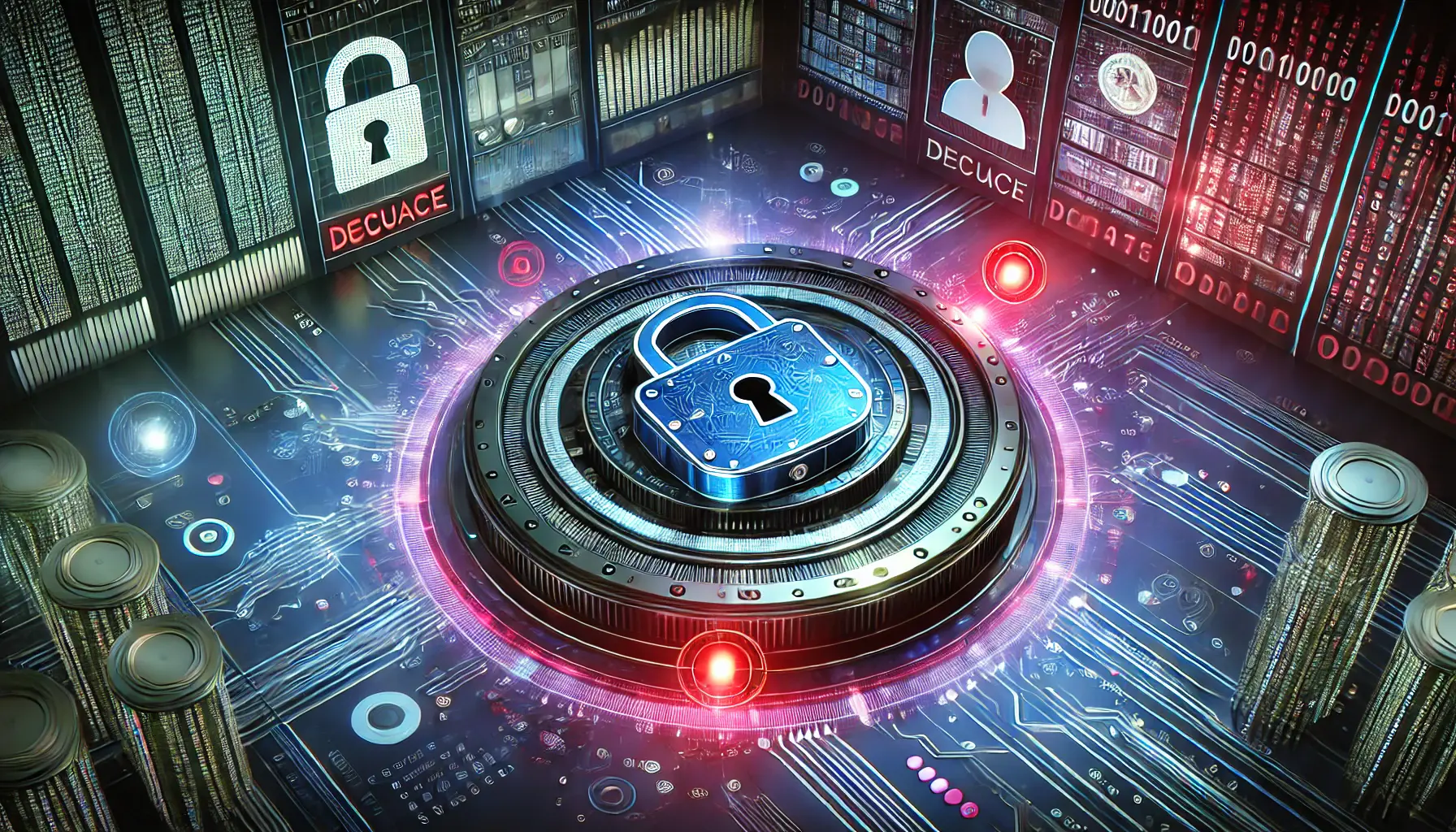
An illustration highlighting data privacy concerns, with encrypted data and warning lights indicating unauthorized access.
Data Privacy Concerns
One of the principal concerns regarding ChatGPT o1 is the exposure of confidential information.
Interactions with the model may include sensitive data that can be processed or stored in ways that do not ensure complete privacy.
Further, researchers have demonstrated that large language models are capable of memorizing and recalling segments of their training data, which can lead to inadvertent disclosures of personal data.
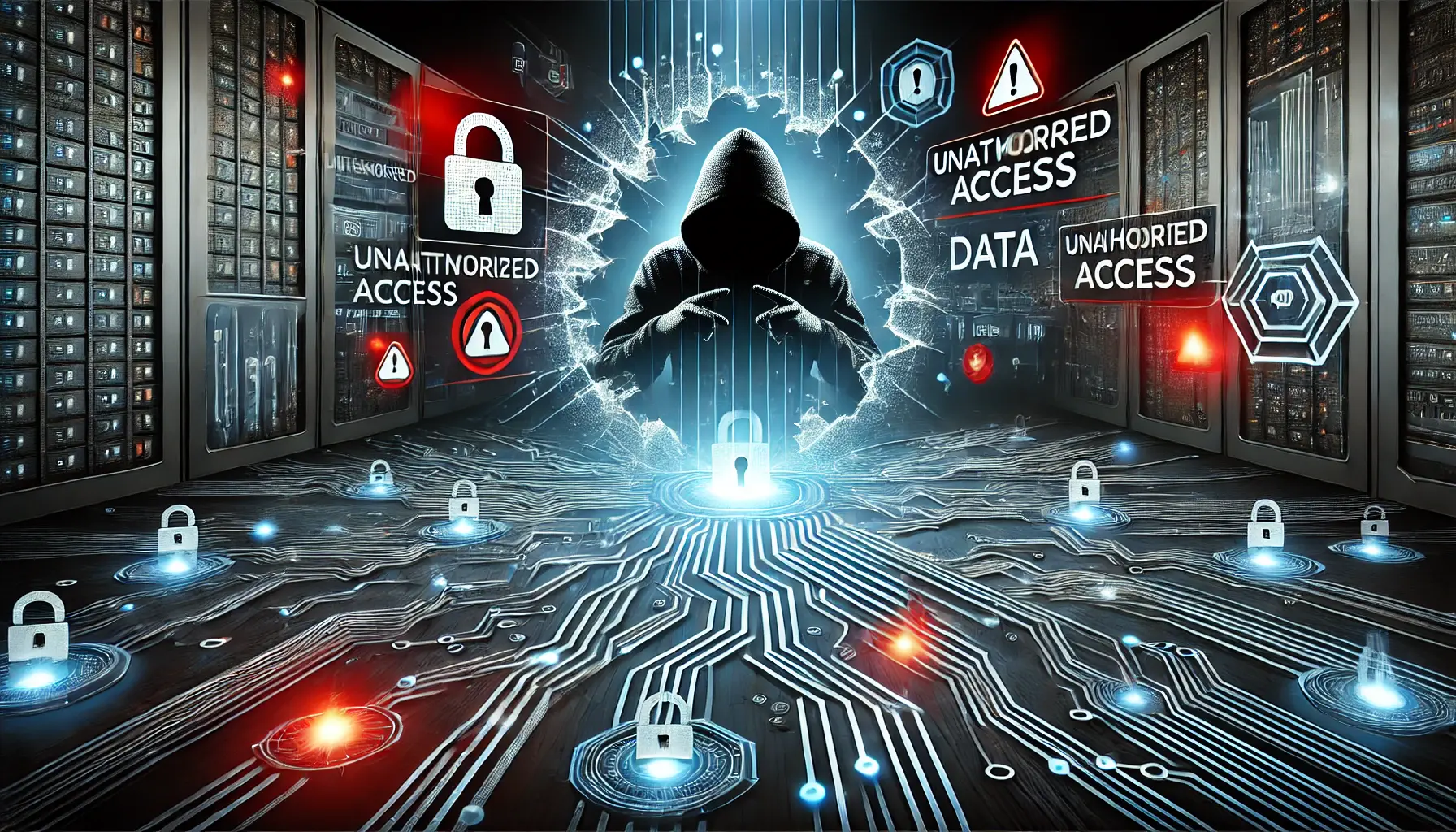
An illustration showing unauthorized access and data breaches, with a breached firewall and hacker activity.
Unauthorized Access and Data Breaches
Integrating ChatGPT o1 into applications with lax security controls can open up opportunities for unauthorized entry.
Weak authentication mechanisms and poorly configured security settings can potentially allow attackers to exploit the system, resulting in data breaches and unauthorized exposure of sensitive data.
Strengthening all entry points and subjecting them to regular monitoring can prevent these threats.
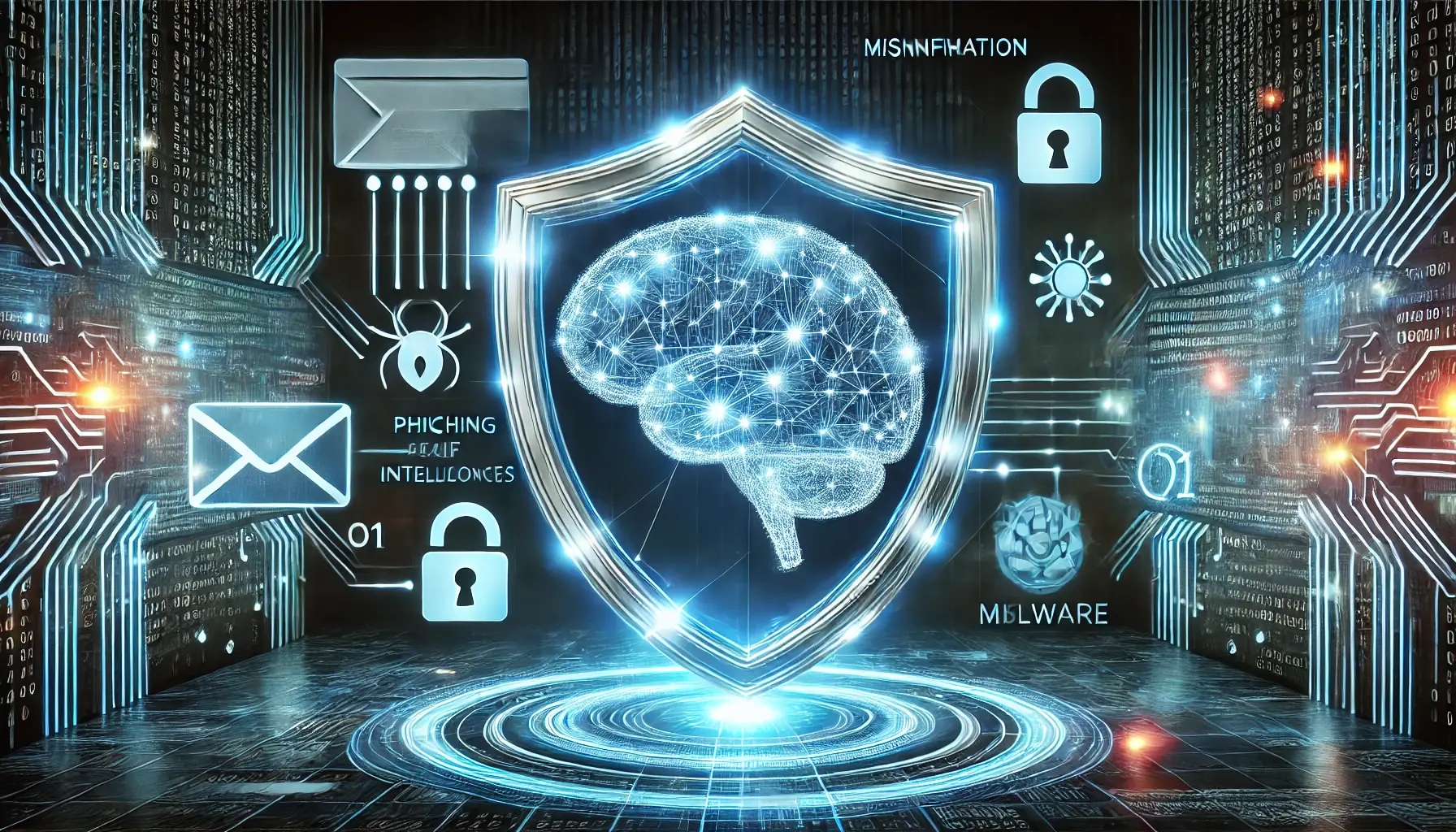
An illustration showing the defense of ChatGPT o1 from malicious use, including the prevention of phishing and malware.
Mitigating Malicious Use of ChatGPT o1
Another concern is the potential misuse of ChatGPT o1 for nefarious purposes.
The model’s ability to generate human-like text can be leveraged to create:
- Phishing emails: AI-generated messages that trick users into revealing sensitive information.
- Misinformation: The spread of false or misleading content to manipulate opinions.
- Malware code: Generating scripts that can be used for cyberattacks.
For instance, it has been shown that AI models can be manipulated to create malicious content, which presents serious security concerns.
To thwart these threats, it is critical to implement strict usage policies, scan output for harmful content, and educate users on the ethical and responsible use of AI tools.
By being aware of these potential security threats, you can take proactive steps to protect your data and ensure the safe integration of ChatGPT o1 into your applications.
Using ChatGPT o1 without proper security measures can expose sensitive data, leading to privacy risks and unauthorized access.
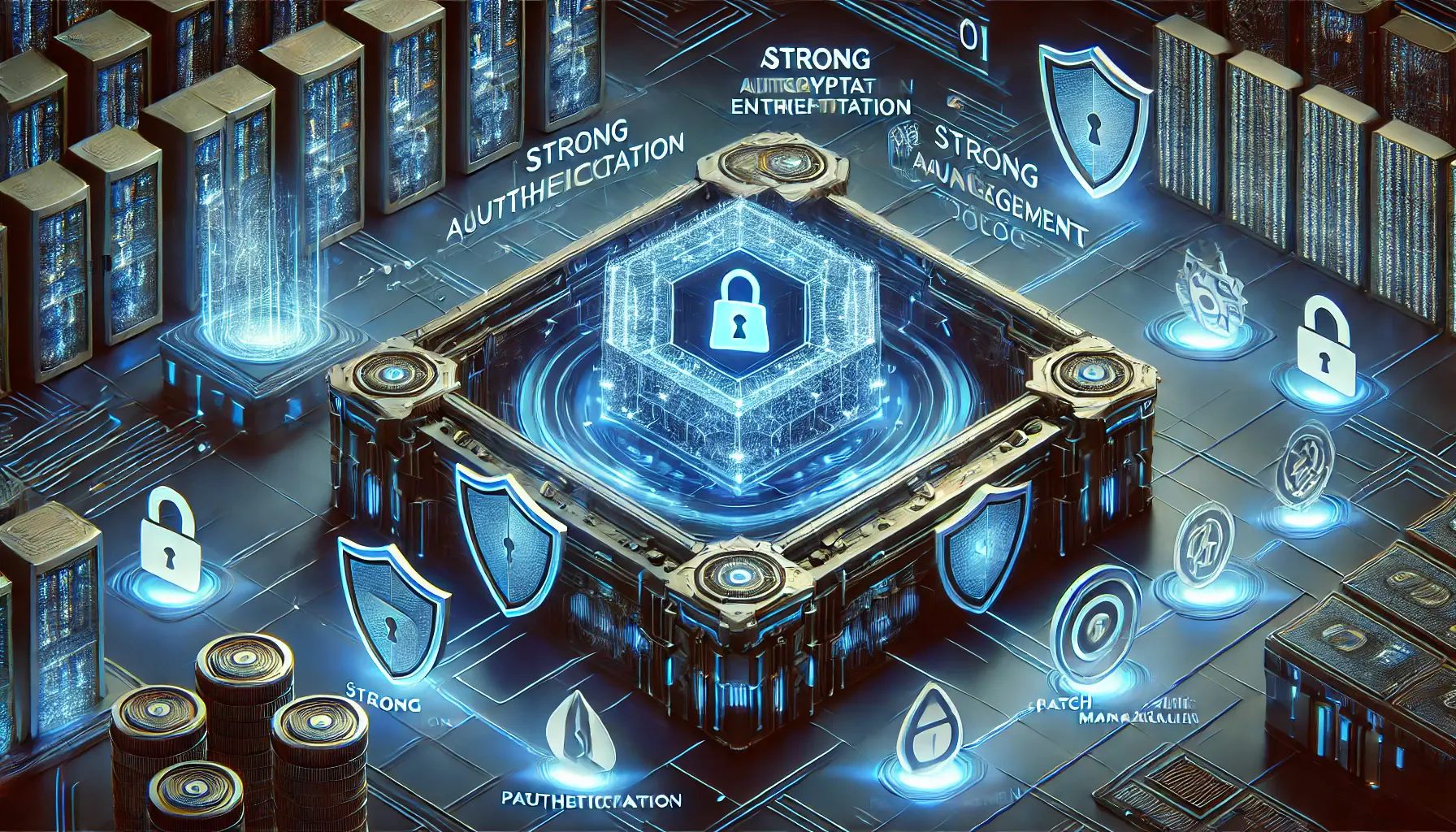
An illustration of best practices for securing ChatGPT o1, emphasizing encryption, strong authentication, and monitoring.
Best Practices for Securing ChatGPT o1 Implementations
Ensuring the security of your ChatGPT o1 implementation is of utmost importance.
By adhering to robust security practices, you can protect sensitive data and maintain system integrity.
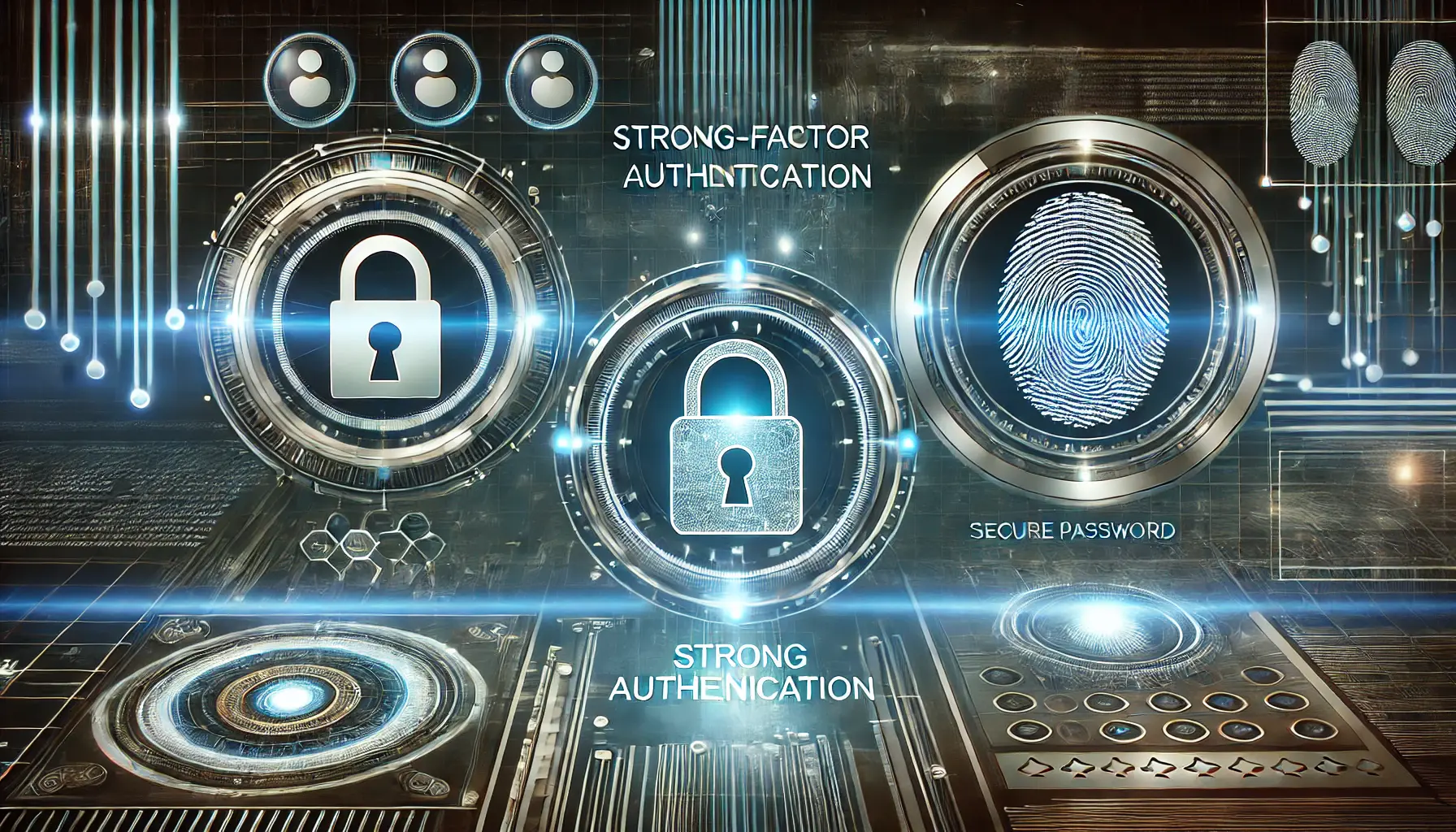
An illustration of strong authentication mechanisms, emphasizing secure login processes with multi-factor authentication.
Strong Authentication Mechanisms
To secure your ChatGPT o1 installation, implement the following measures:
- Strong Password Policies: Enforce complex password requirements to prevent unauthorized access.
- Multi-Factor Authentication (MFA): Add an extra layer of security by requiring multiple verification methods.
- Access Controls: Restrict system access based on job functions and user roles.
These measures help ensure that only authorized personnel can interact with your ChatGPT o1 systems.

An illustration of the process of updating and patching systems to ensure security, with software upgrades and network connections.
Updating and Patching Systems Periodically
Keeping your ChatGPT o1 system up to date is critical to maintaining security:
- Software Updates: Regularly apply updates to address known vulnerabilities.
- Patch Management: Implement a structured process for applying patches in a timely manner.
- Vulnerability Scans: Conduct periodic scans to identify and mitigate potential security risks.
Routine maintenance significantly reduces the risk of cyberattacks by malicious actors.
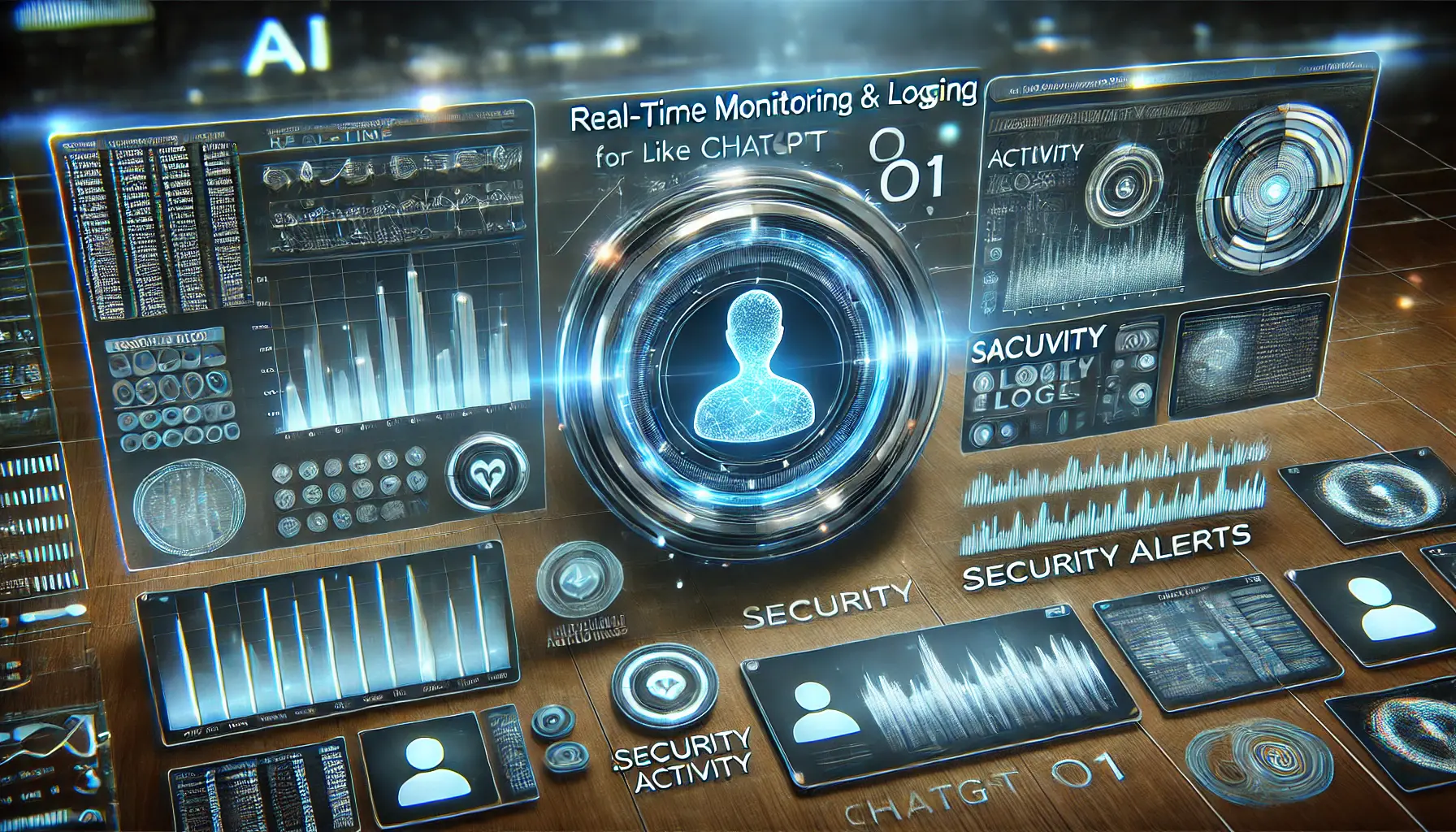
An illustration of real-time monitoring and logging for ChatGPT o1, emphasizing continuous system tracking and anomaly detection.
Real-Time Monitoring and Logging in ChatGPT o1
Continuous monitoring of ChatGPT o1 activities enhances security and helps detect anomalies:
- Activity Logging: Record user activities to detect suspicious or unauthorized behavior.
- Intrusion Detection Systems (IDS): Deploy IDS to identify and respond to potential threats in real-time.
- Regular Audits: Perform routine inspections of logs and system activity to ensure compliance and detect abnormalities.
By maintaining strict tracking of your ChatGPT o1 systems, you can quickly identify and mitigate security incidents, ensuring a secure operational environment.
- Enable multi-factor authentication to prevent unauthorized access.
- Regularly update security patches to mitigate vulnerabilities.
- Implement real-time monitoring for anomaly detection.
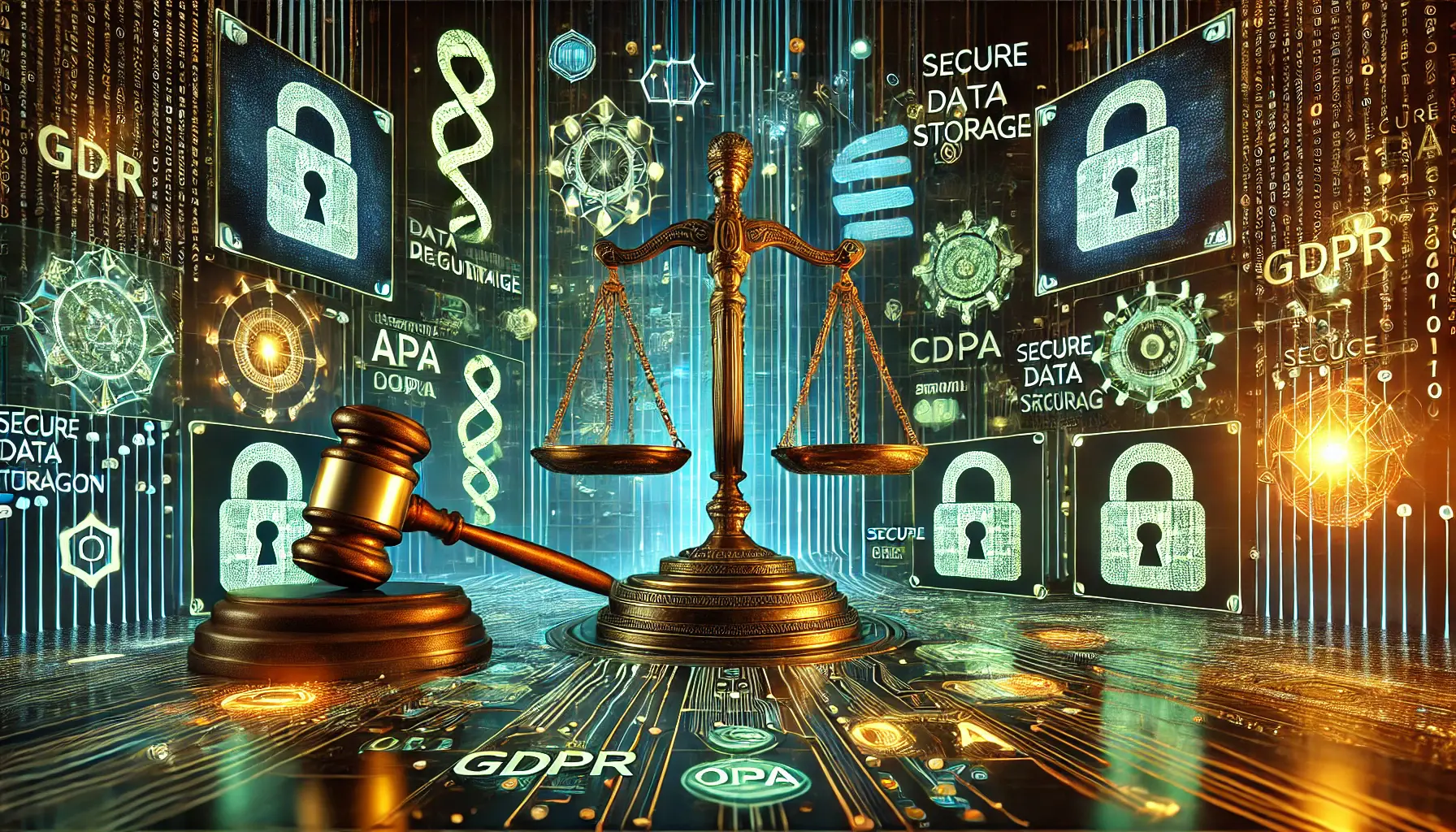
An illustration of compliance and regulatory concerns, highlighting legal frameworks and secure data management for ChatGPT o1.
Compliance and Regulatory Concerns for ChatGPT o1
As AI technologies like ChatGPT o1 become widely implemented in different industries, knowledge of the compliance and regulatory landscape is paramount.
Adhering to these requirements ensures that utilizing ChatGPT o1 aligns with legal norms and ethical standards.
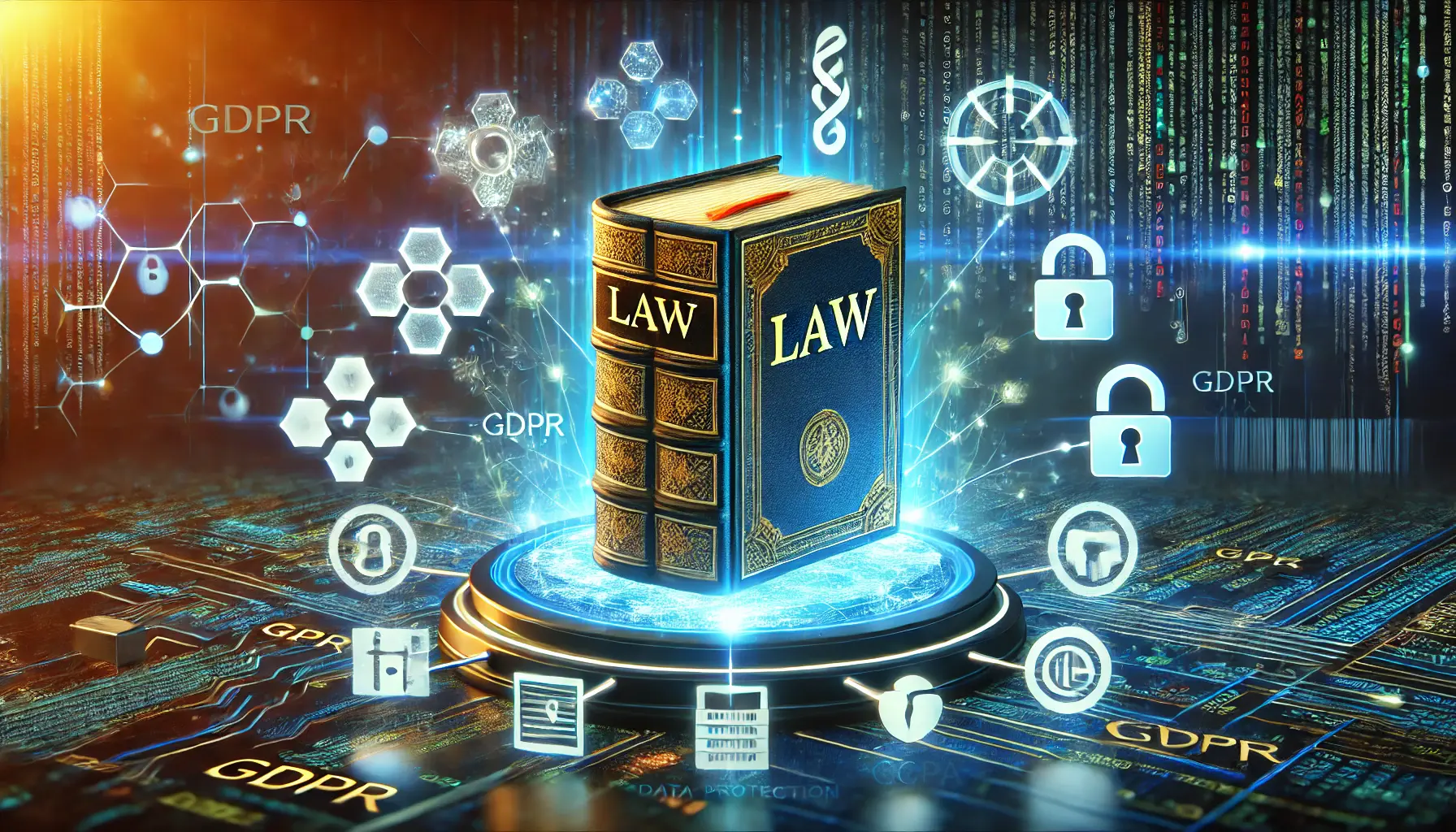
An illustration representing the knowledge of data protection laws like GDPR and CCPA, emphasizing secure data handling and compliance.
Knowledge of Applicable Data Protection Legislation
It is important to implement ChatGPT o1 while observing data protection legislation to secure user data:
- General Data Protection Regulation (GDPR): Within the EU, GDPR mandates that personal data should be processed legally, transparently, and for a specific reason. Organizations must ensure unambiguous user consent before processing data and implement effective safeguards to protect it.
- California Consumer Privacy Act (CCPA): In the United States, CCPA grants California residents rights regarding their personal data, including the right to know what data is collected and the ability to request its deletion. Compliance requires clear disclosures about data collection practices and prompt responses to consumer requests.
Failure to comply with these laws can result in significant fines and reputational damage.
For example, Italy’s data protection authority fined OpenAI 15 million euros for breaching data privacy guidelines through ChatGPT, underscoring the necessity of adhering to data protection rules.
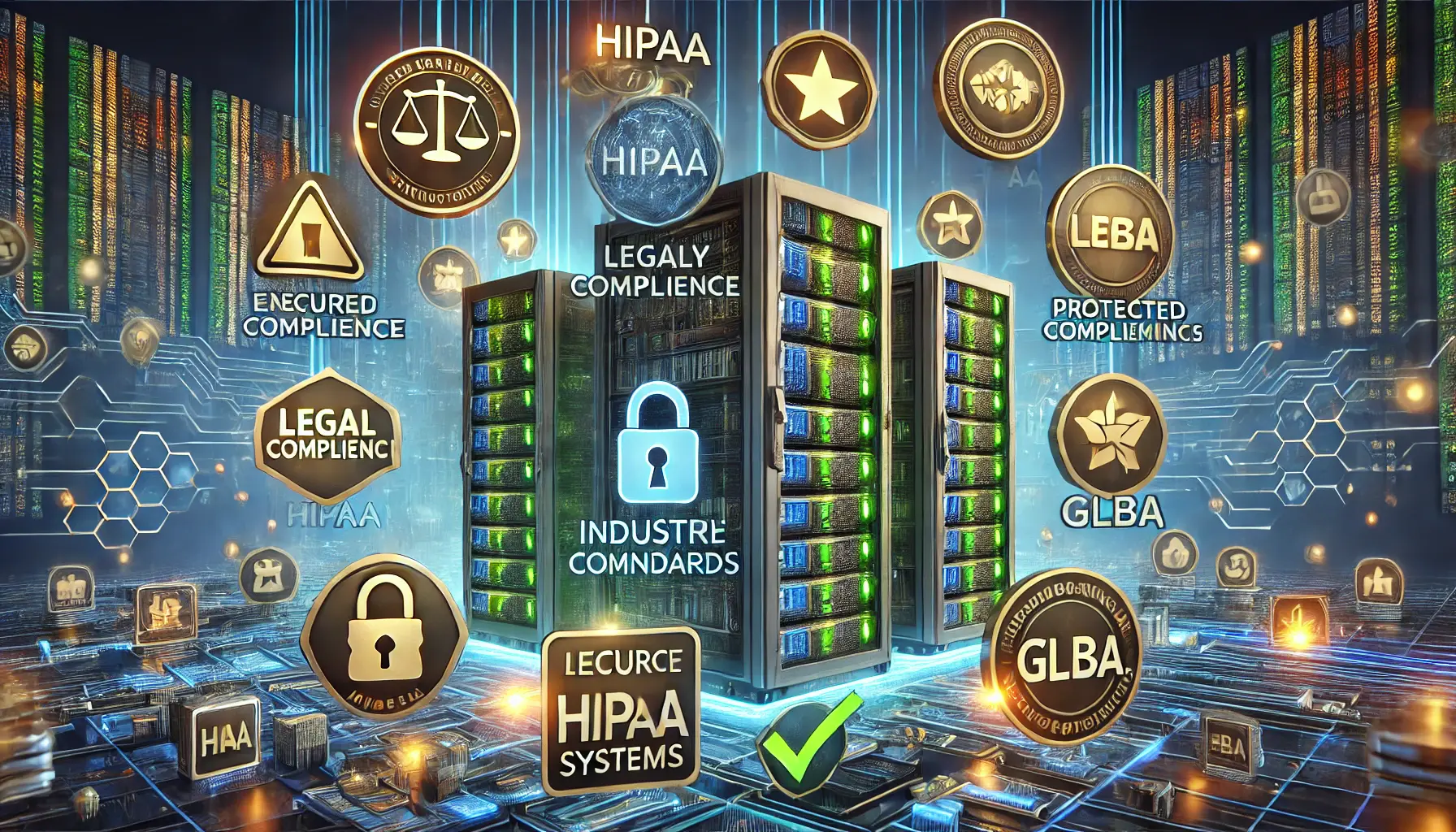
An illustration symbolizing compliance with industry standards, such as HIPAA and GLBA, ensuring secure data management in regulated industries.
Compliance with Industry Standards
Beyond general data protection laws, specific industries have unique regulatory requirements for incorporating ChatGPT o1:
- Healthcare: To comply with the Health Insurance Portability and Accountability Act (HIPAA) in the United States, organizations must implement safeguards to protect the confidentiality, integrity, and availability of patient health information.
- Finance: Banks and financial institutions must adhere to regulations such as the Gramm-Leach-Bliley Act (GLBA), which mandates the protection of consumers’ financial data. Additionally, the U.S. Securities and Exchange Commission (SEC) requires transparent and accurate disclosures regarding AI in annual reports, given AI’s growing role in business strategy and operations.
Compliance with these industry-specific standards requires regular audits, strong security practices, and assurances that ChatGPT o1 applications do not introduce unconscious bias or discriminatory outcomes.
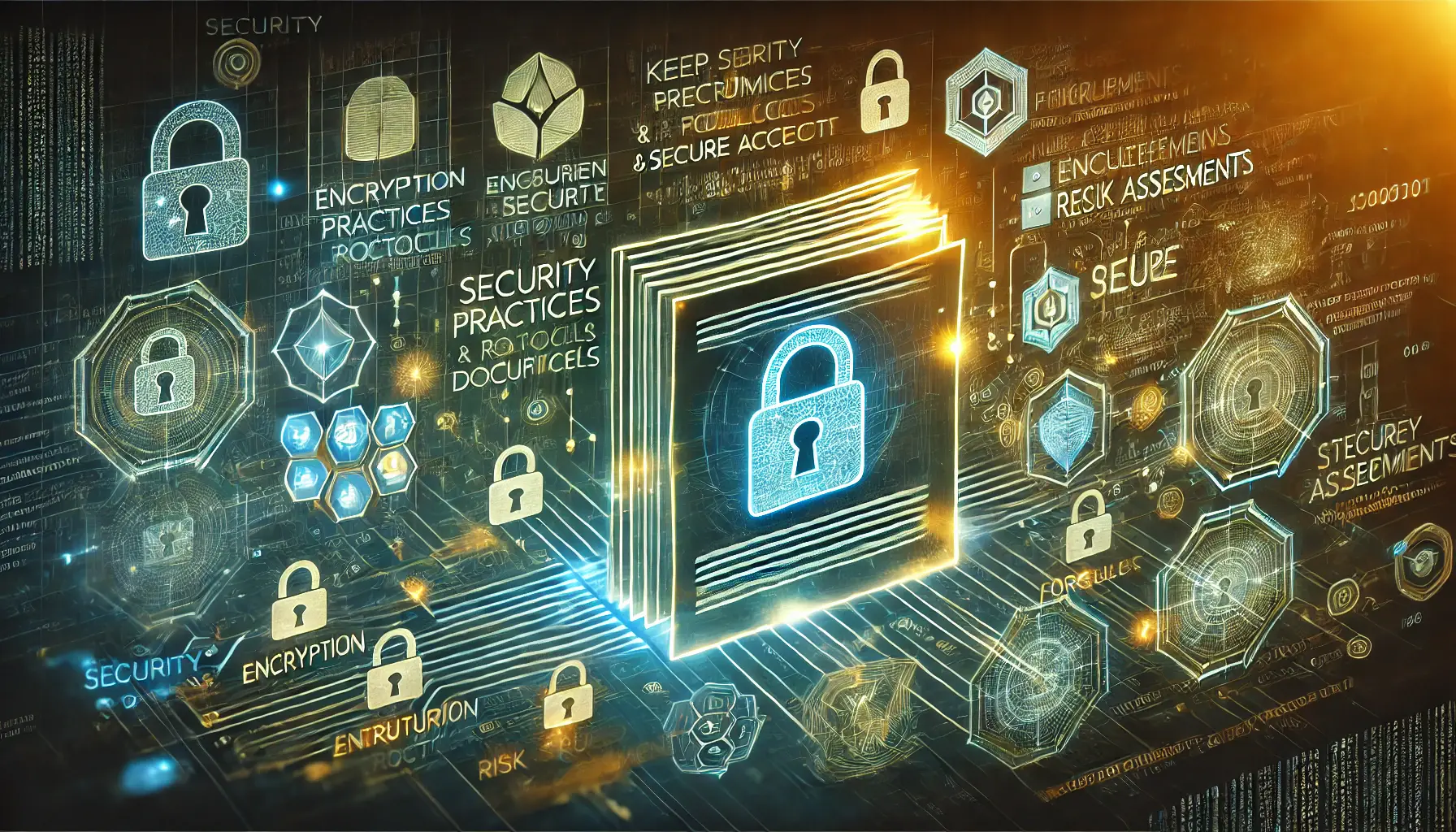
An illustration emphasizing the importance of documenting security practices and protocols to ensure system protection and compliance.
Keeping Security Practices and Protocols Documented
Proper documentation is a fundamental component of compliance, demonstrating that security measures are in place:
- Security Policies: Develop comprehensive policies outlining how data is collected, managed, and secured in ChatGPT o1 systems. Define roles and responsibilities for data protection and incident response procedures.
- Risk Assessments: Conduct regular security reviews to identify potential system vulnerabilities. Documenting these assessments shows a proactive approach to mitigating AI-related risks.
- Training Records: Maintain a record of employee training sessions focused on data protection and ethical AI usage. A well-informed staff reduces the likelihood of accidental compliance violations.
Thorough documentation not only helps organizations comply with existing laws but also prepares them for future legal developments in the rapidly evolving field of AI technology.
By recognizing and addressing these regulatory and compliance concerns, organizations can effectively leverage the capabilities of ChatGPT o1, driving innovation while maintaining legal and ethical standards.
Failure to comply with data protection laws like GDPR and CCPA can result in significant penalties. Ensure AI implementations adhere to industry regulations.
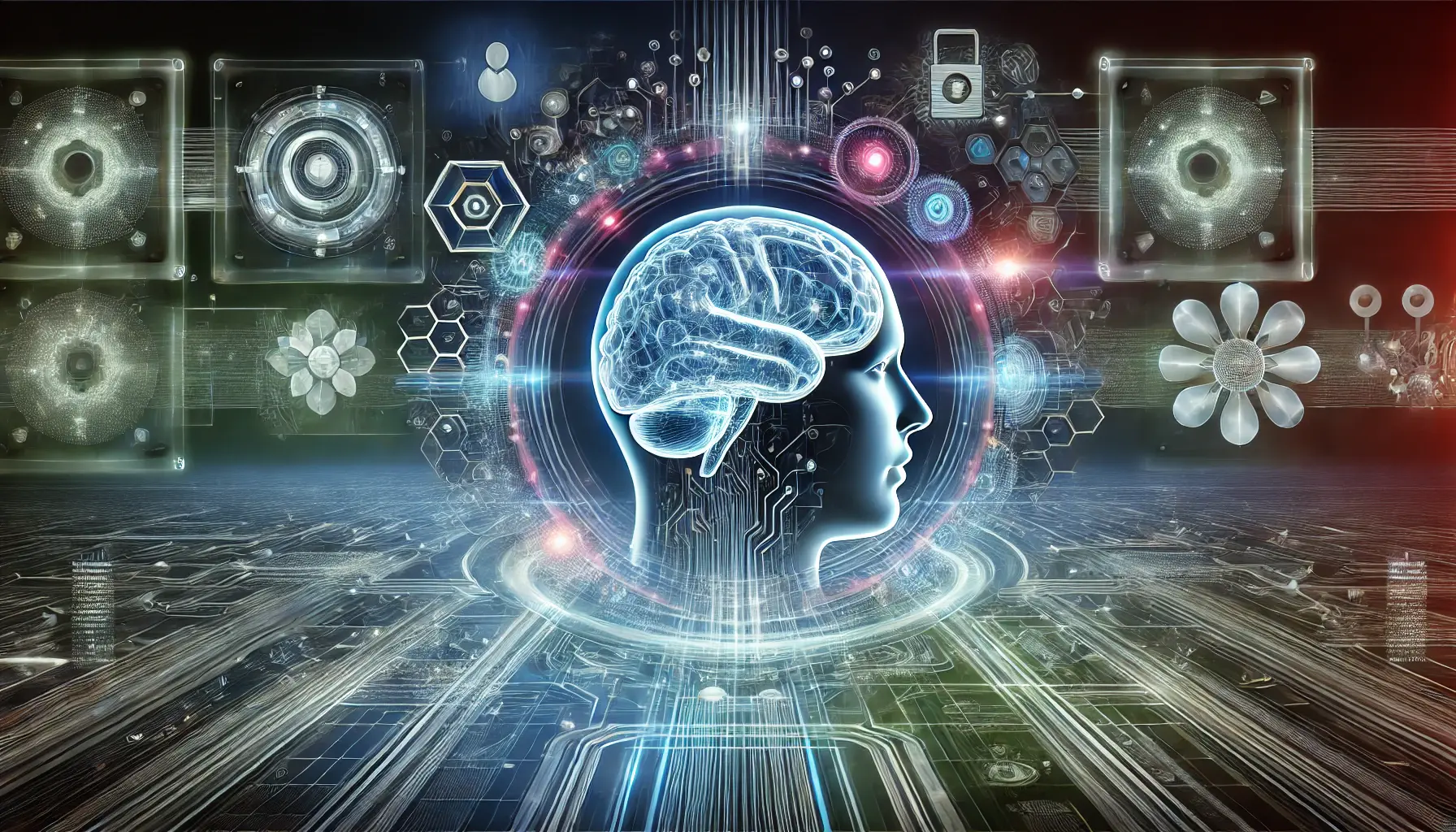
An illustration representing the future of AI security, highlighting advanced defense mechanisms and evolving technologies in ChatGPT o1 security.
Future Directions in ChatGPT o1 Security
As artificial intelligence models evolve, so do the security concerns surrounding ChatGPT o1.
It is essential to keep pace with future trends to safeguard these systems against potential attacks and emerging threats.
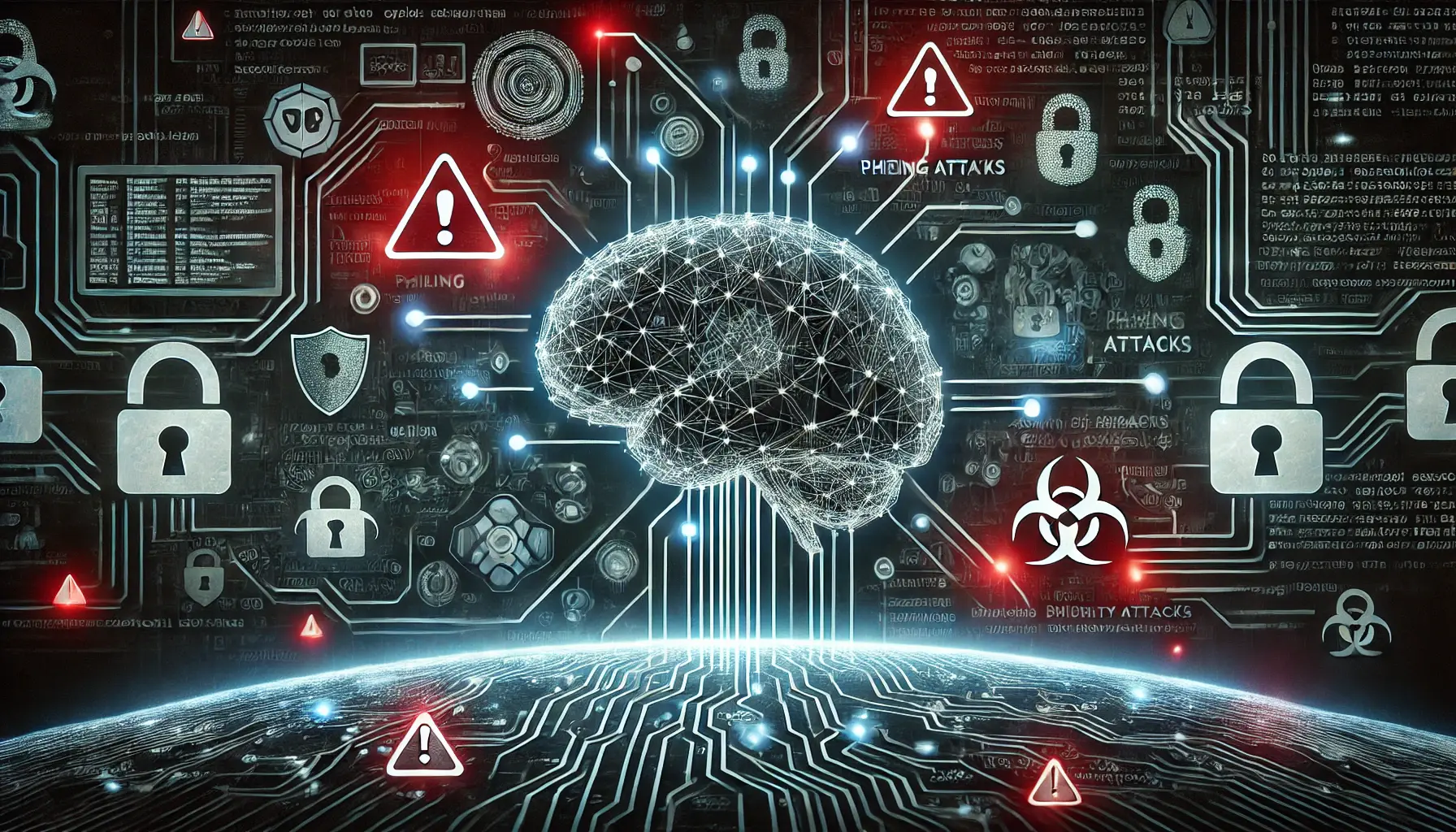
An illustration of AI-driven cyberattacks, showing AI manipulation of data for phishing and malware creation.
AI-Driven Cyberattacks
Cyber attackers are increasingly leveraging AI to enhance the volume and sophistication of cyberattacks.
AI can be used to:
- Automate phishing attacks: AI-generated phishing emails are becoming more convincing, making them harder to detect.
- Create malware: AI can generate sophisticated malware capable of bypassing traditional security defenses.
- Identify system vulnerabilities: Attackers use AI to scan for weak points in networks and applications more efficiently than ever before.
This evolution underscores the need for advanced security controls to defend against AI-powered threats and continuously adapt to new attack strategies.
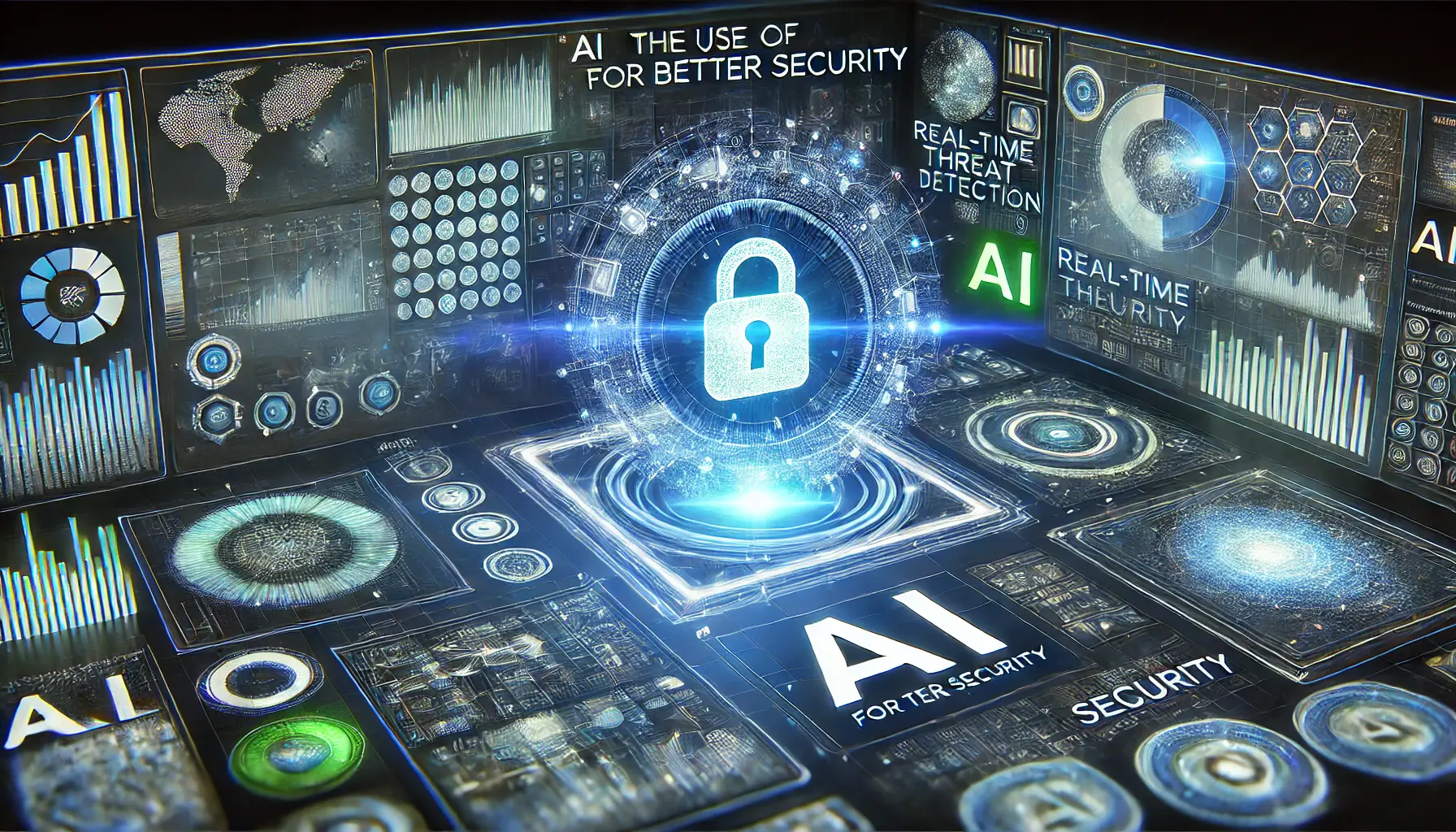
An illustration of AI-powered security, showcasing real-time threat detection and proactive security measures.
Better Security with AI
Conversely, AI is also playing a crucial role in enhancing cybersecurity.
AI-based security solutions can:
- Analyze massive datasets: AI can process large amounts of security data to detect anomalies and potential threats in real-time.
- Predict security threats: Machine learning models can identify attack patterns and predict potential security breaches before they occur.
- Automate threat response: AI-driven security tools can respond to incidents faster and more efficiently than manual processes.
By integrating AI-enhanced security measures, organizations can stay ahead of evolving cyber threats and strengthen the protection of their ChatGPT o1 implementations.
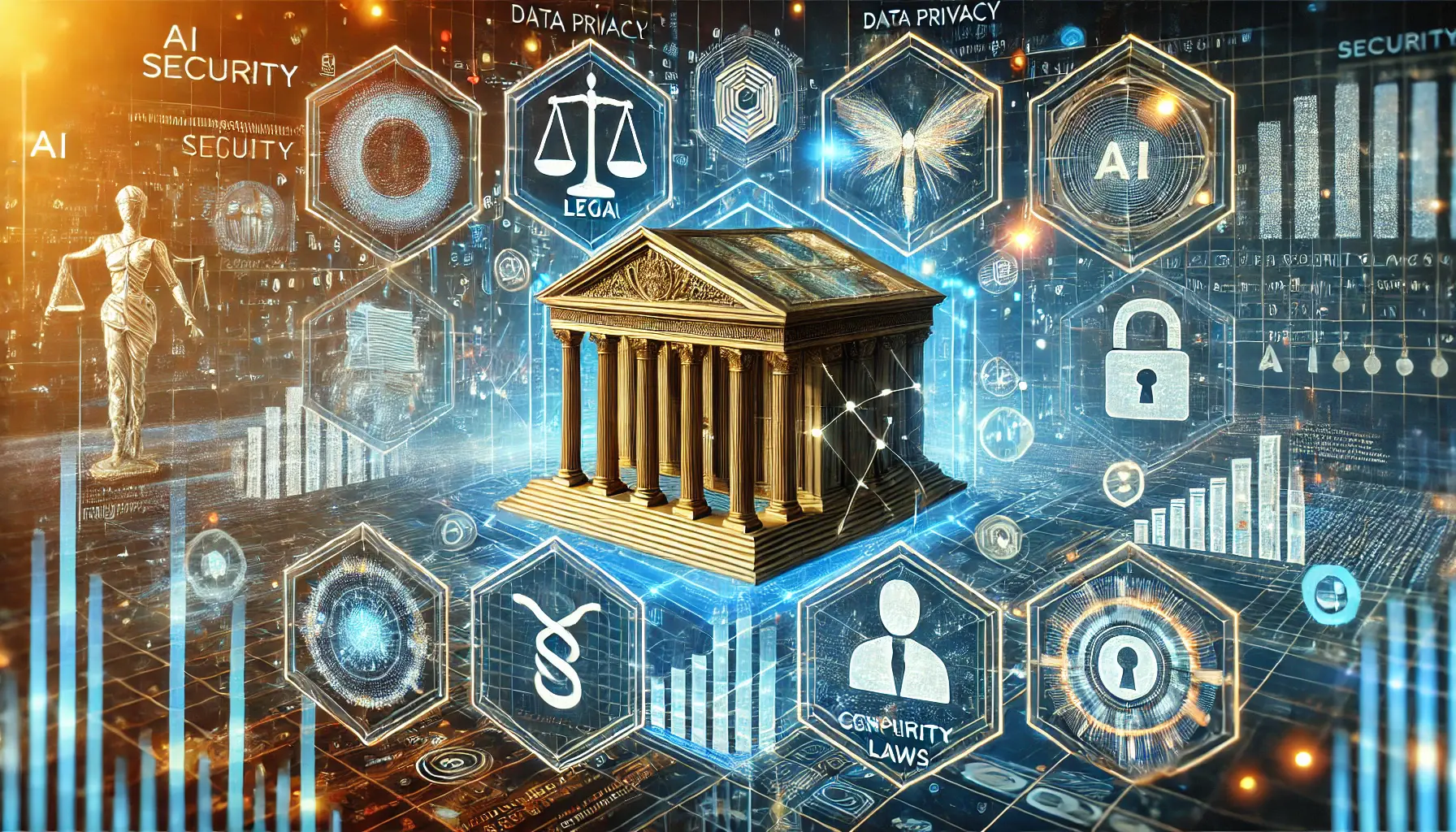
An illustration of regulatory developments in AI security, highlighting the intersection of law, technology, and compliance.
Regulatory Developments
AI technologies are receiving increased attention from governments and regulatory bodies, leading to new compliance requirements.
To ensure continued legal and ethical use of ChatGPT o1, organizations must:
- Monitor legal updates: Stay informed about emerging AI regulations that impact data security and privacy.
- Implement compliance frameworks: Adopt AI governance policies that align with global legal standards.
- Conduct regular audits: Ensure that ChatGPT o1 systems are compliant with evolving regulations through frequent security reviews.
By proactively addressing these developing trends, organizations can enhance the security of their ChatGPT o1 deployments and navigate the evolving landscape of AI-related threats and legal requirements.
AI-driven security enhancements will play a crucial role in detecting and preventing cyber threats more effectively.
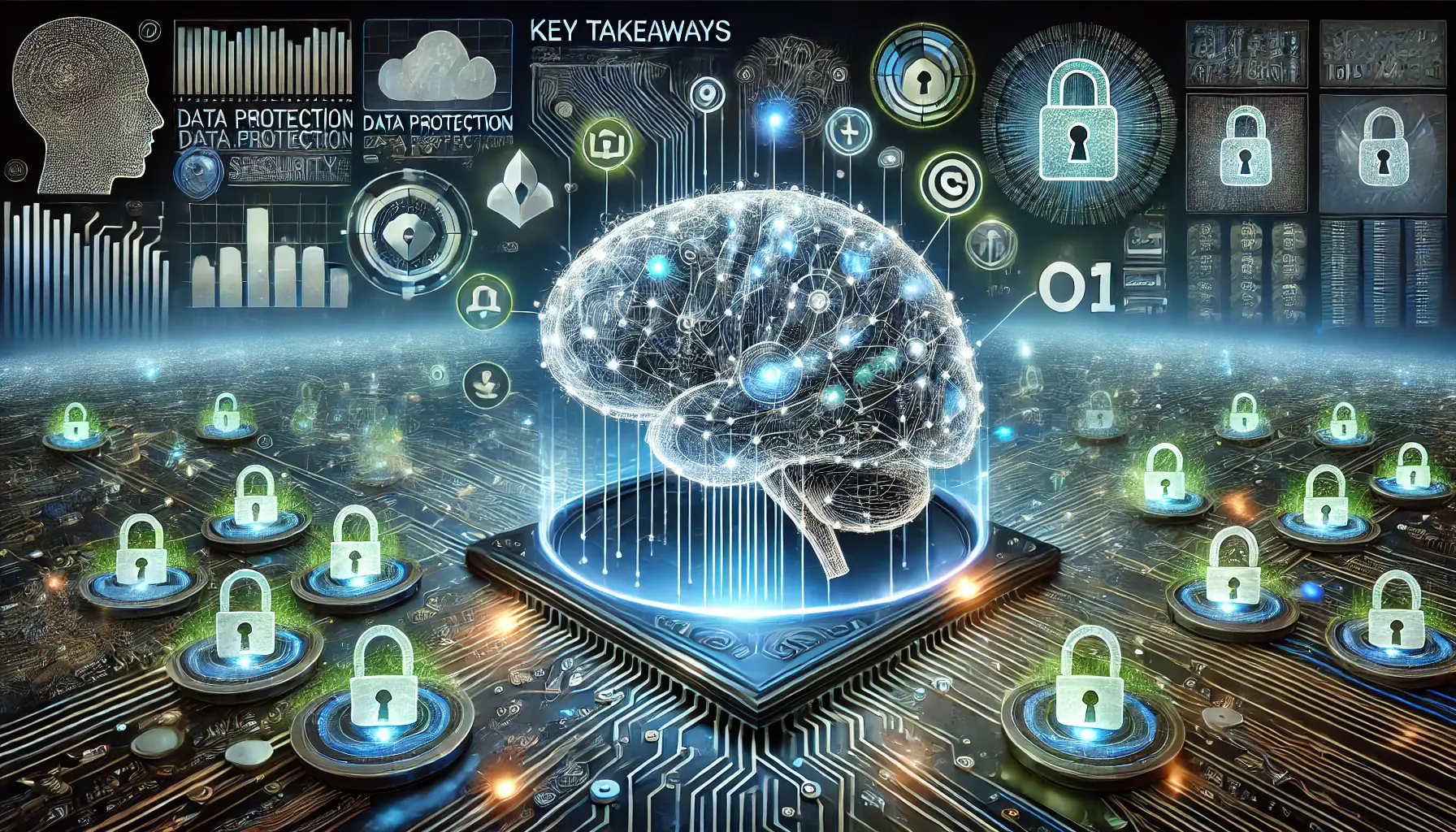
An illustration of key takeaways on ChatGPT o1 security, highlighting the importance of data protection and secure AI systems.
Key Takeaways on ChatGPT o1 Security
As artificial intelligence becomes an integral part of the digital world, ensuring the security of ChatGPT o1 implementations is more critical than ever.
From understanding its applications to addressing security vulnerabilities and complying with regulations, developers and businesses must take a proactive approach to securing AI-powered solutions.
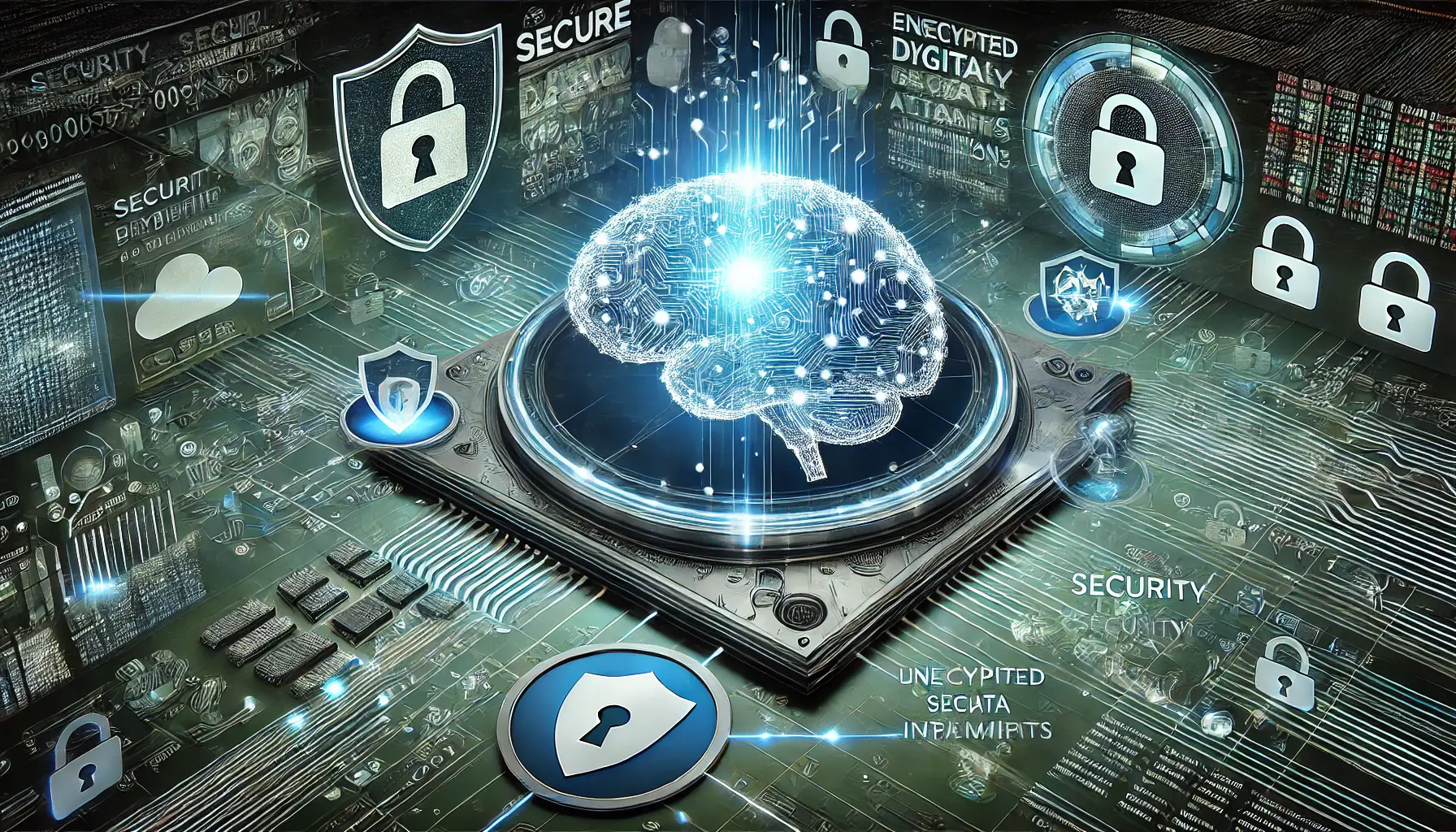
An illustration highlighting the significance of security in ChatGPT o1 implementations, with measures protecting against cyber threats and unauthorized access.
Why Security Matters in ChatGPT o1 Implementations
While ChatGPT o1 offers numerous benefits, including automation, customization, and increased productivity, it also introduces potential security risks.
Protecting data privacy, preventing unauthorized access, and mitigating AI-driven cyberattacks are essential to maintaining the integrity of AI-driven systems.
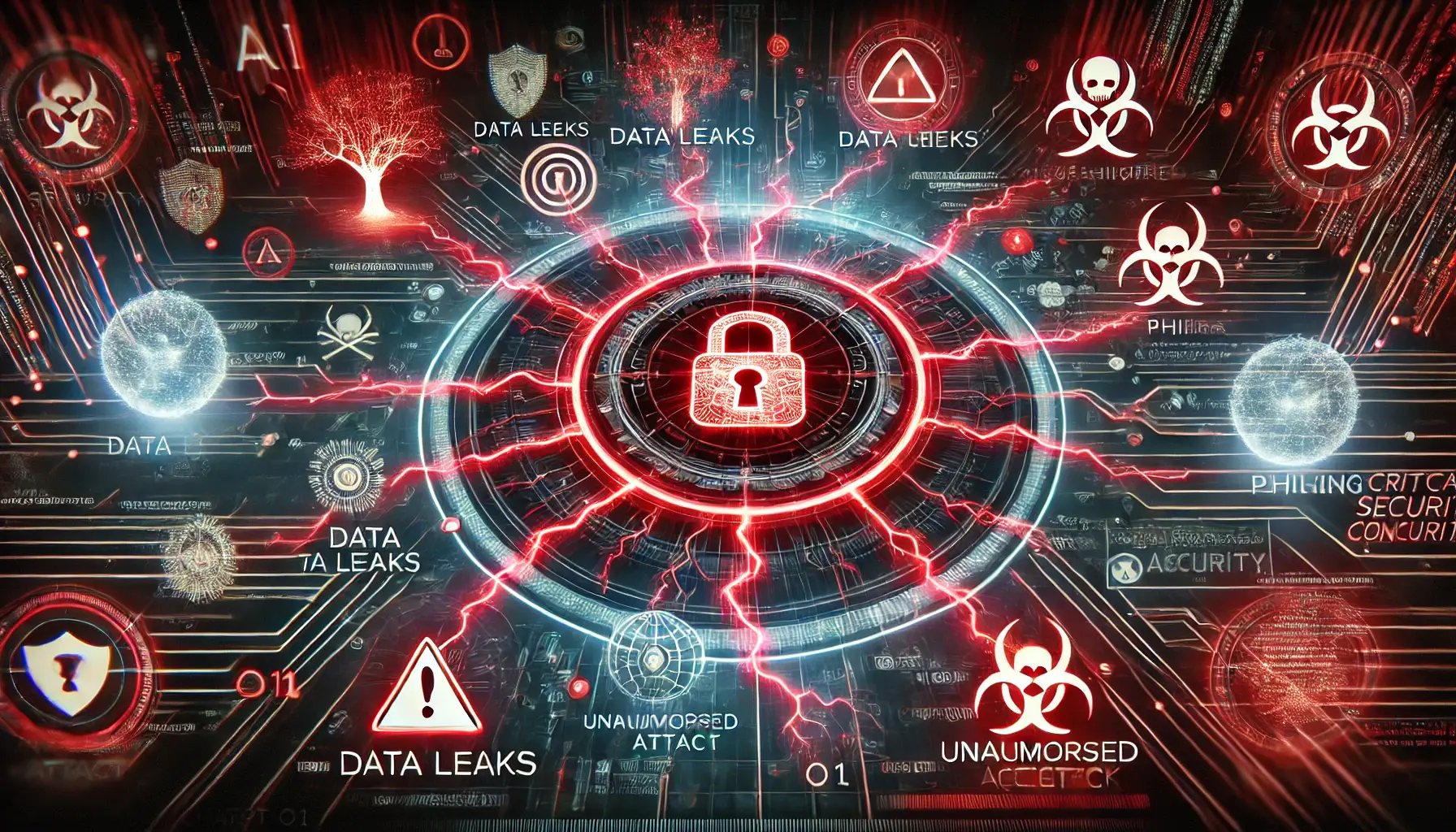
An illustration of critical security concerns, highlighting vulnerabilities and potential threats to AI systems like ChatGPT o1.
Critical Security Concerns
To properly protect ChatGPT o1, organizations must focus on the following key security measures:
- Data Privacy: Implement robust encryption and anonymization techniques to safeguard sensitive user information.
- Access Control: Restrict system access based on user roles and enforce multi-factor authentication (MFA).
- Regular Updates: Keep systems up to date with security patches to address vulnerabilities and reduce risks.
- Monitoring and Logging: Continuously track system activity to detect and respond to suspicious behavior.
- Ethical Use: Ensure responsible AI deployment by preventing misuse and eliminating biases in AI-generated responses.
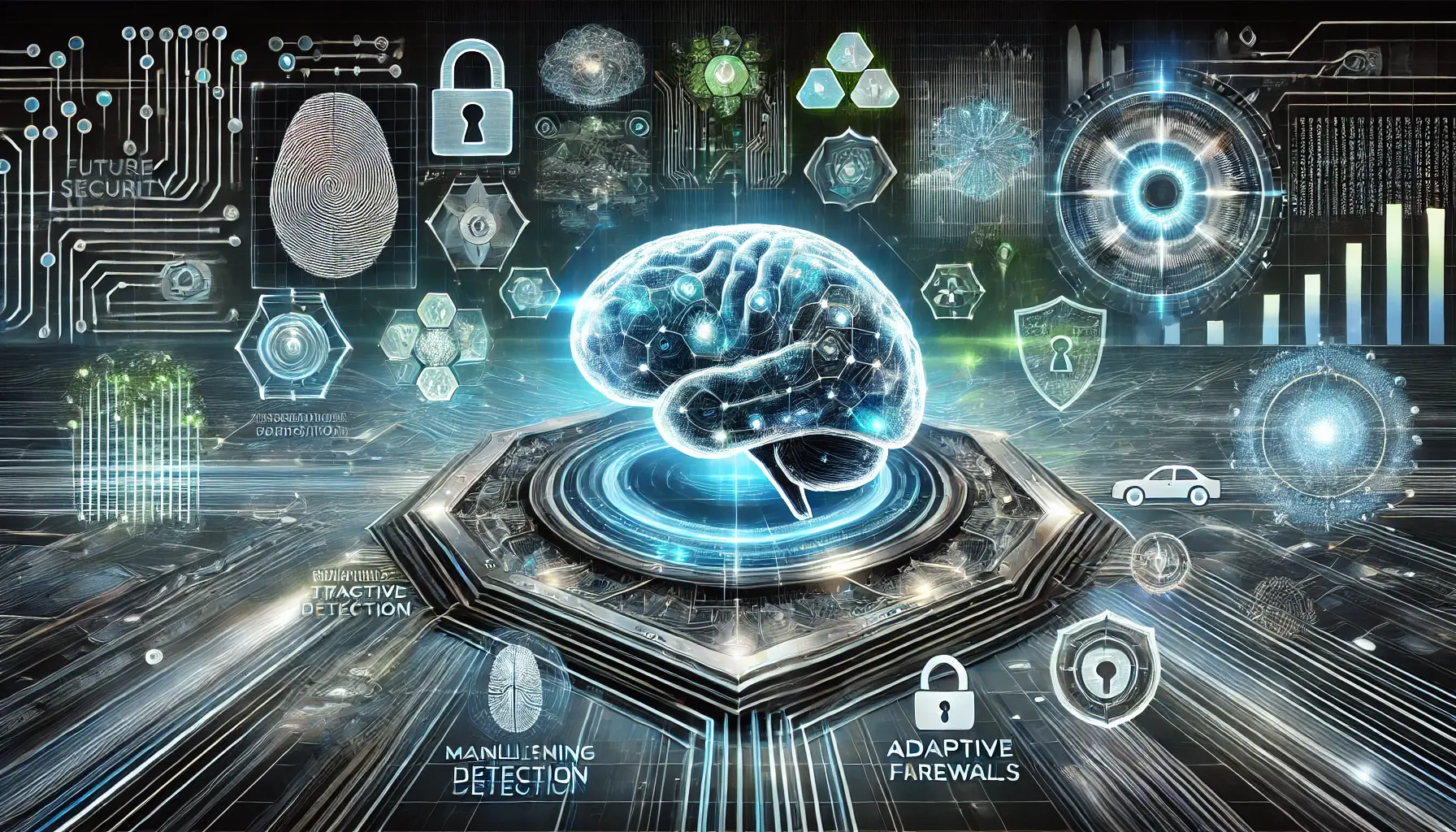
An illustration representing the adaptation to future security challenges, with evolving AI security mechanisms and predictive analytics.
Adapting to Future Security Challenges
With the rise of AI-powered cyber threats, businesses and developers must stay ahead by integrating AI-driven security solutions and predictive threat intelligenceUsing AI and analytics to anticipate potential security threats before they occur..
Additionally, evolving regulatory landscapes will shape compliance requirements, making it necessary for organizations to monitor legal developments and adjust their security frameworks accordingly.
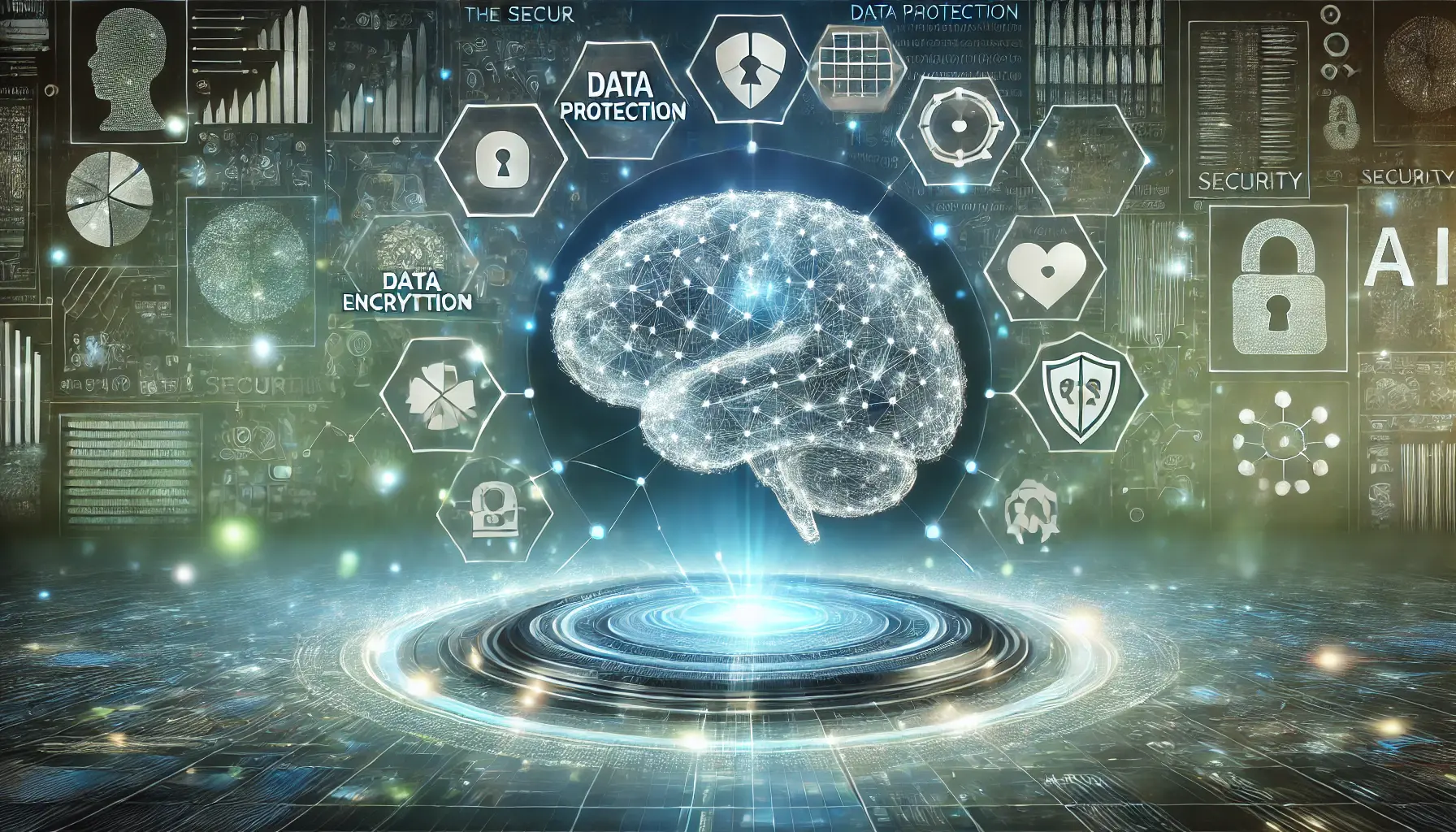
An illustration representing the final thoughts on securing AI systems, emphasizing trust, stability, and protection.
Final Thoughts
By implementing best security practices, adhering to industry standards, and staying alert to emerging threats, organizations can harness the full potential of ChatGPT o1 while ensuring a secure and responsible AI environment.
Proactively addressing security concerns will not only strengthen user trust but also contribute to a safer and more effective future for AI technologies.
- Security is crucial in AI implementations to prevent data breaches.
- Regular monitoring and compliance with regulations help mitigate risks.
- Future security advancements will shape AI’s role in cybersecurity.
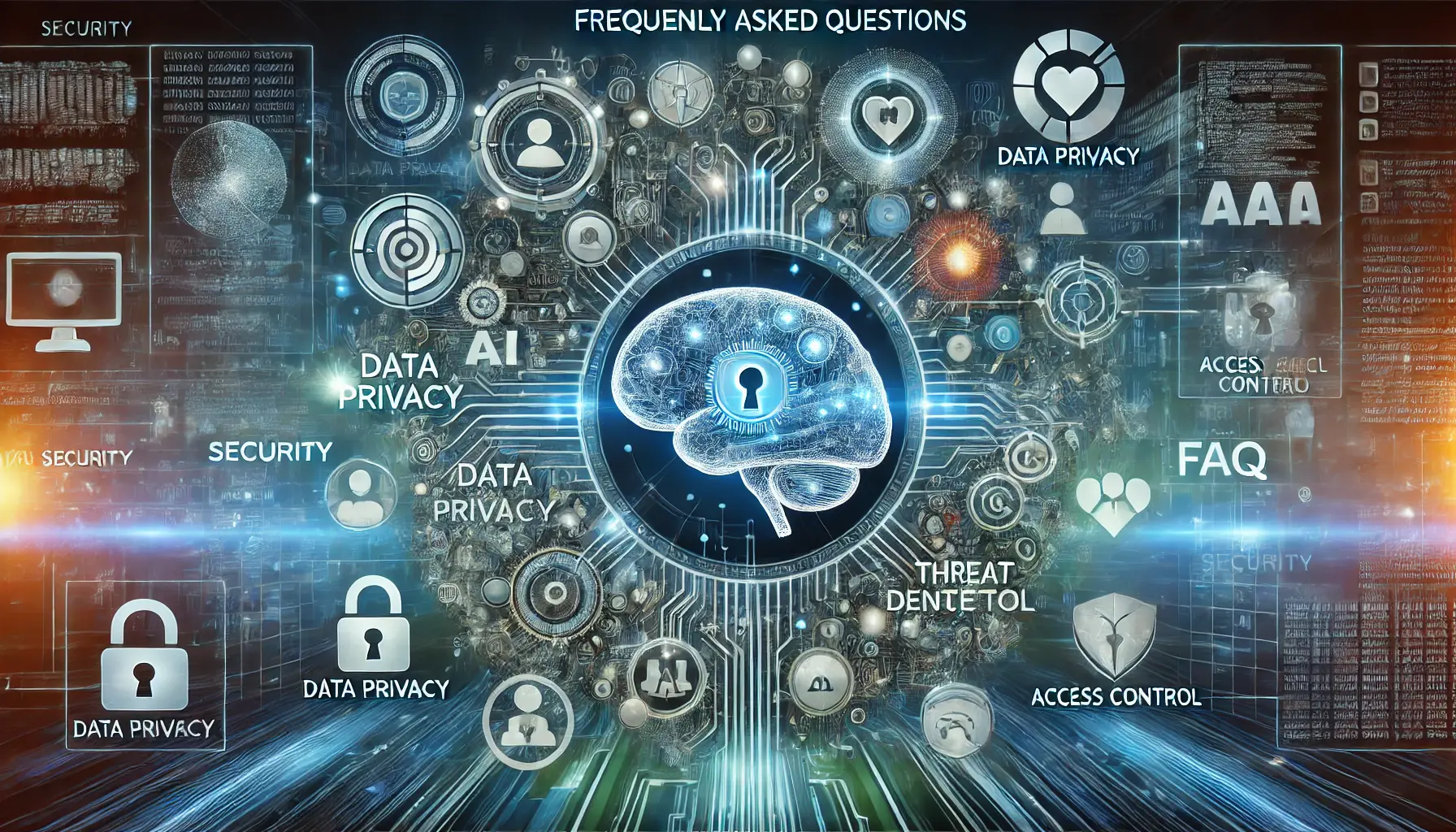
An illustration representing the frequently asked questions related to ChatGPT o1 security, with topics like data privacy and access control.
Frequently Asked Questions on ChatGPT o1 Security
ChatGPT o1 exposes users to prompt injection attacks, data leaks, and unauthorized access.
These risks can lead to the exposure of sensitive information and the generation of harmful or misleading content.
Yes, ChatGPT o1 can be misused by malicious actors to craft highly convincing phishingA cyber attack that tricks individuals into providing sensitive information by pretending to be a trustworthy entity. emails and social engineering scripts.
These deceptive messages appear legitimate, increasing the likelihood of successful cyberattacks.
Avoid sharing private or confidential information with ChatGPT o1.
Developers may review inputs to improve models, so exercise caution when entering sensitive data to protect your privacy.
ChatGPT o1 may store conversations to enhance system performance.
This raises concerns about data retention and potential usage.
Users should be mindful of the information they provide during interactions.
Integrating ChatGPT o1 into third-party applications can introduce security vulnerabilities, including misconfigured settings, weak authentication protocols, and potential data leaks during system interactions.
Yes, ChatGPT o1 can produce false or misleading information, a phenomenon known as ‘hallucinationsIn AI, incorrect or misleading information generated by a model that appears credible but is not factual..’ The model may generate content that appears credible but is inaccurate, biased, or even harmful.
Using ChatGPT o1 in the workplace requires caution.
Sharing sensitive business data could lead to unintended data exposure.
Organizations should implement strict policies for data handling and usage.
To comply with regulations like GDPR or CCPA, organizations should implement data security measures, obtain user consent when necessary, and ensure responsible handling of data when using ChatGPT o1.
Implementing strong authentication mechanisms such as multi-factor authenticationA security system that requires multiple methods of verification to confirm a user's identity. (MFA), enforcing role-based access control, and regularly updating security protocols can help prevent unauthorized access to ChatGPT o1 systems.
